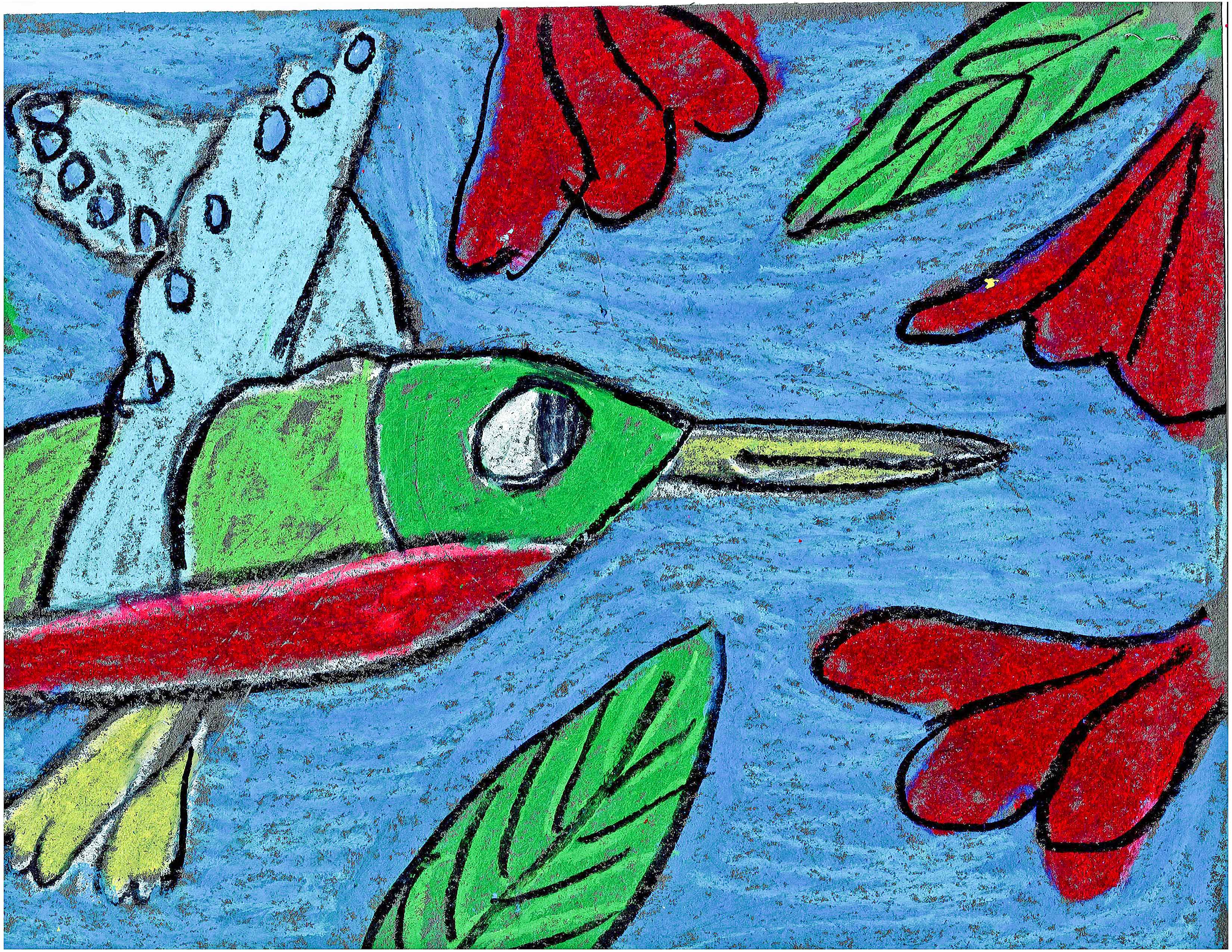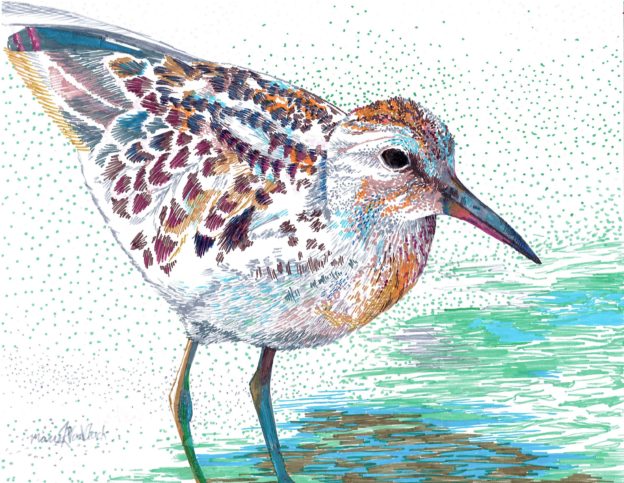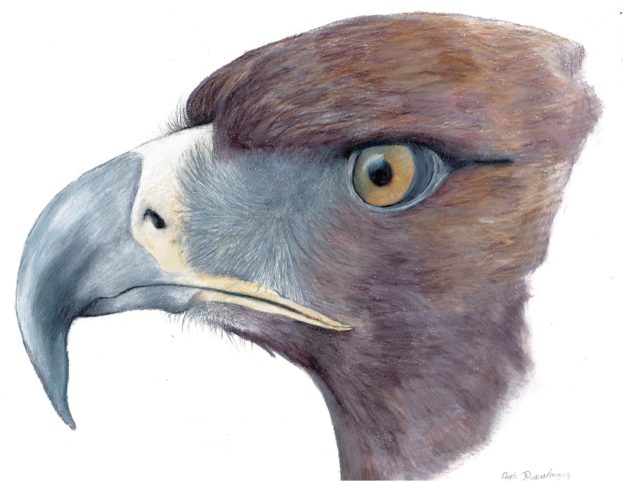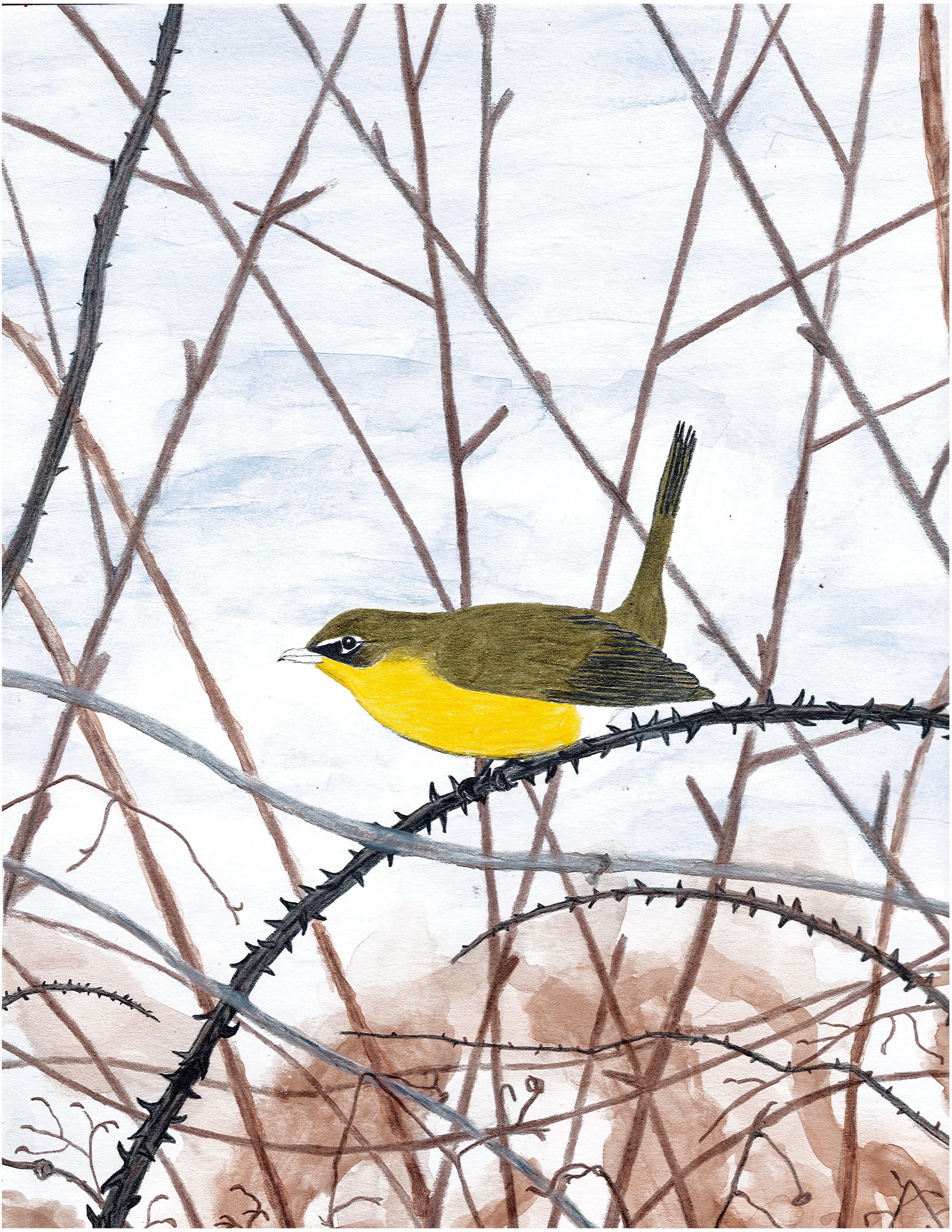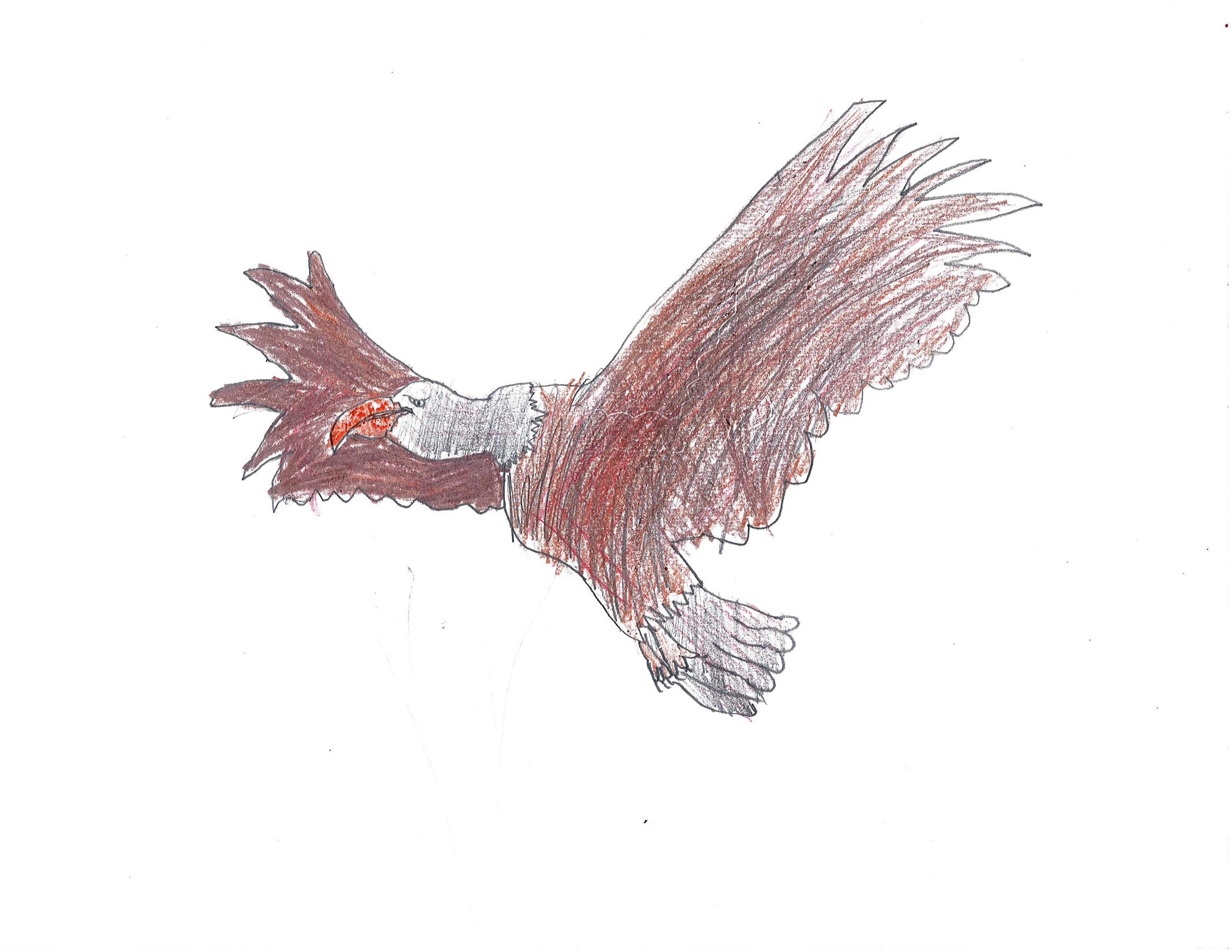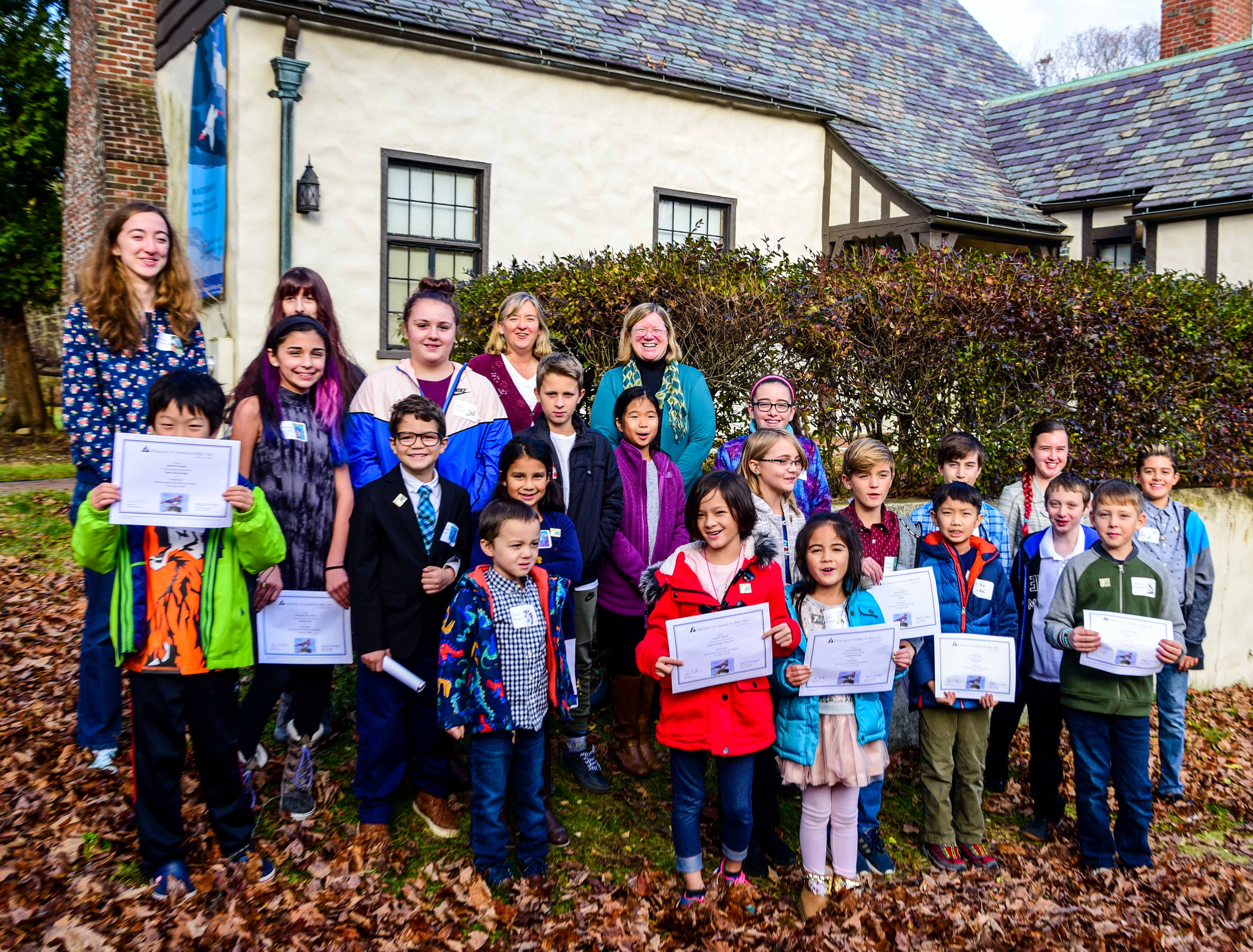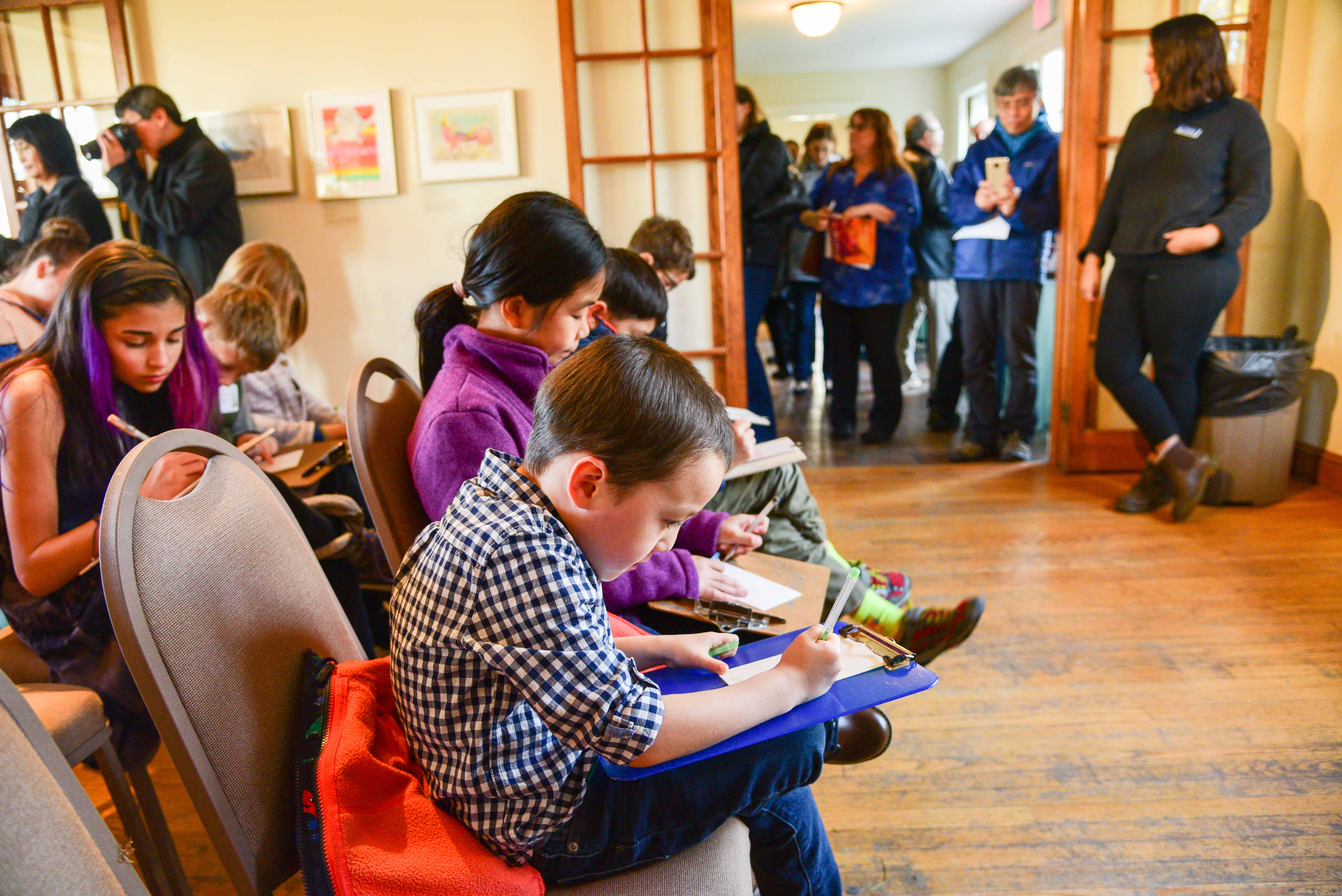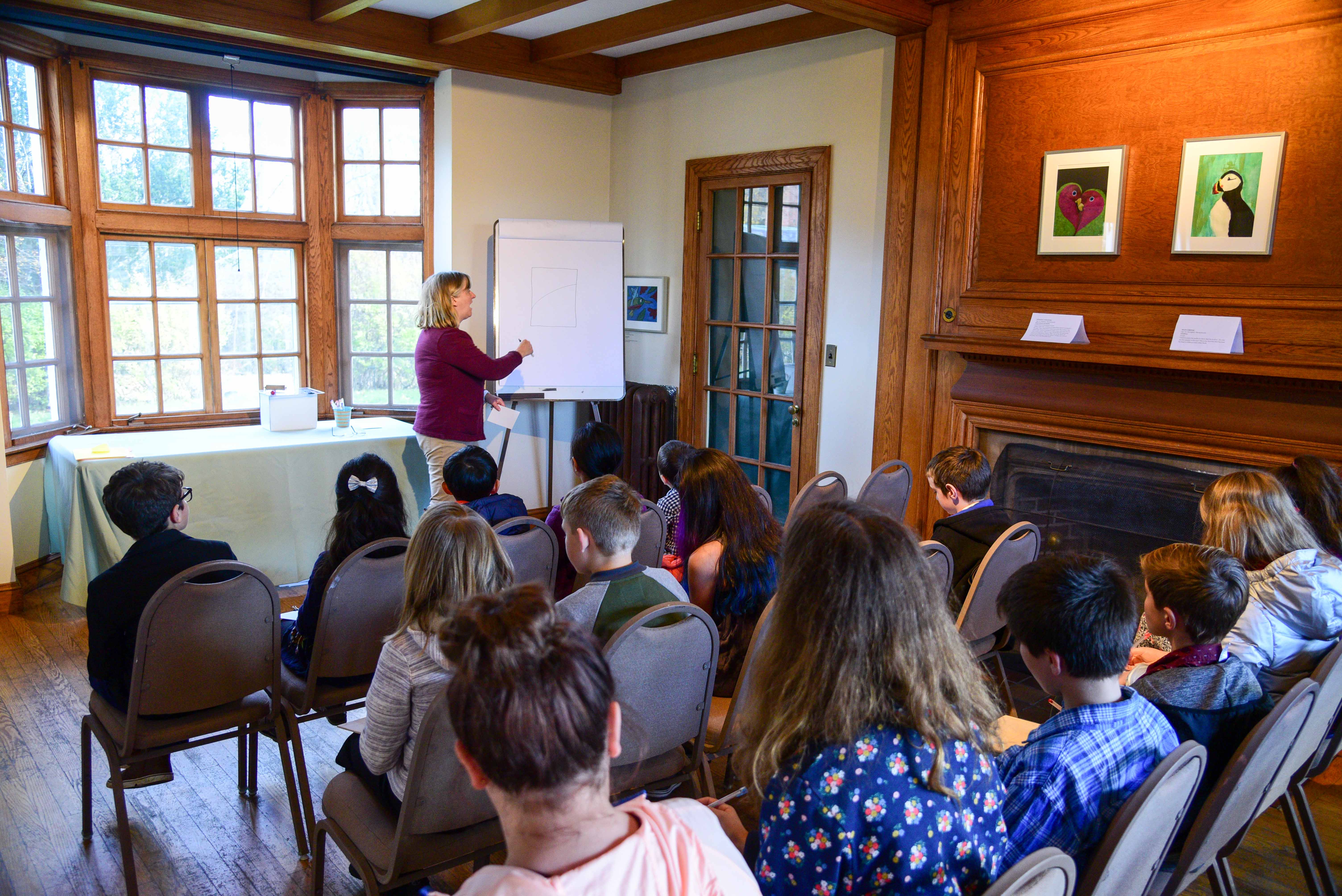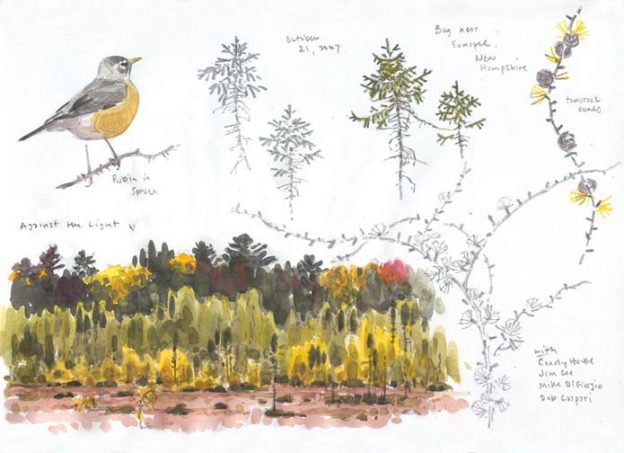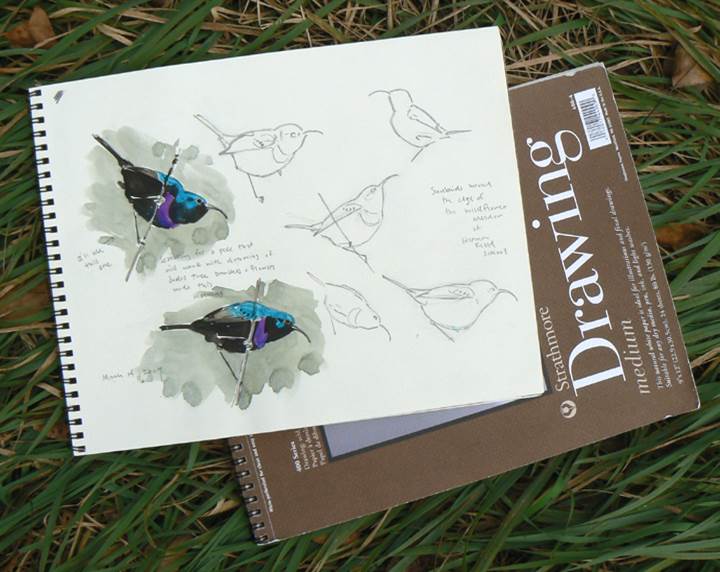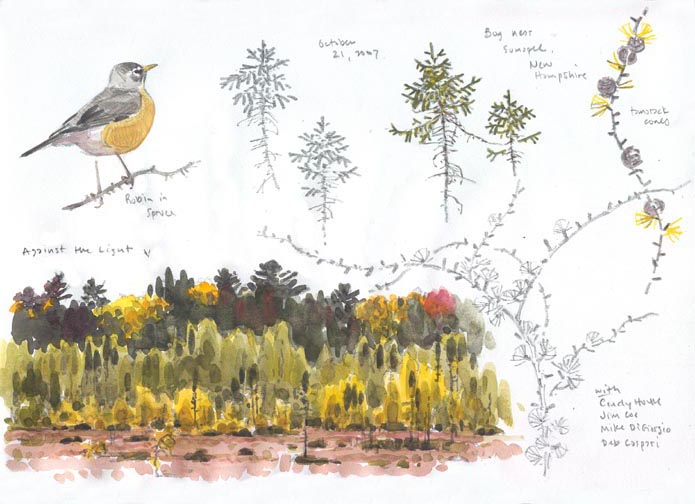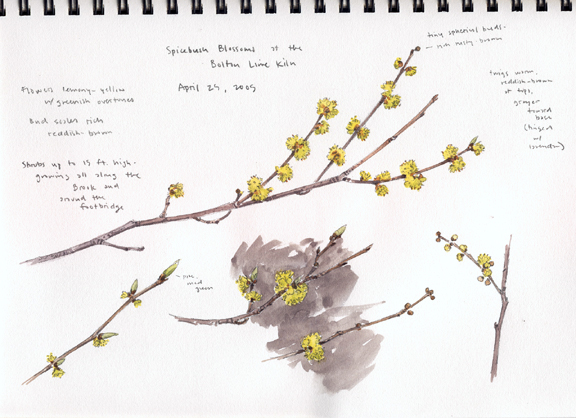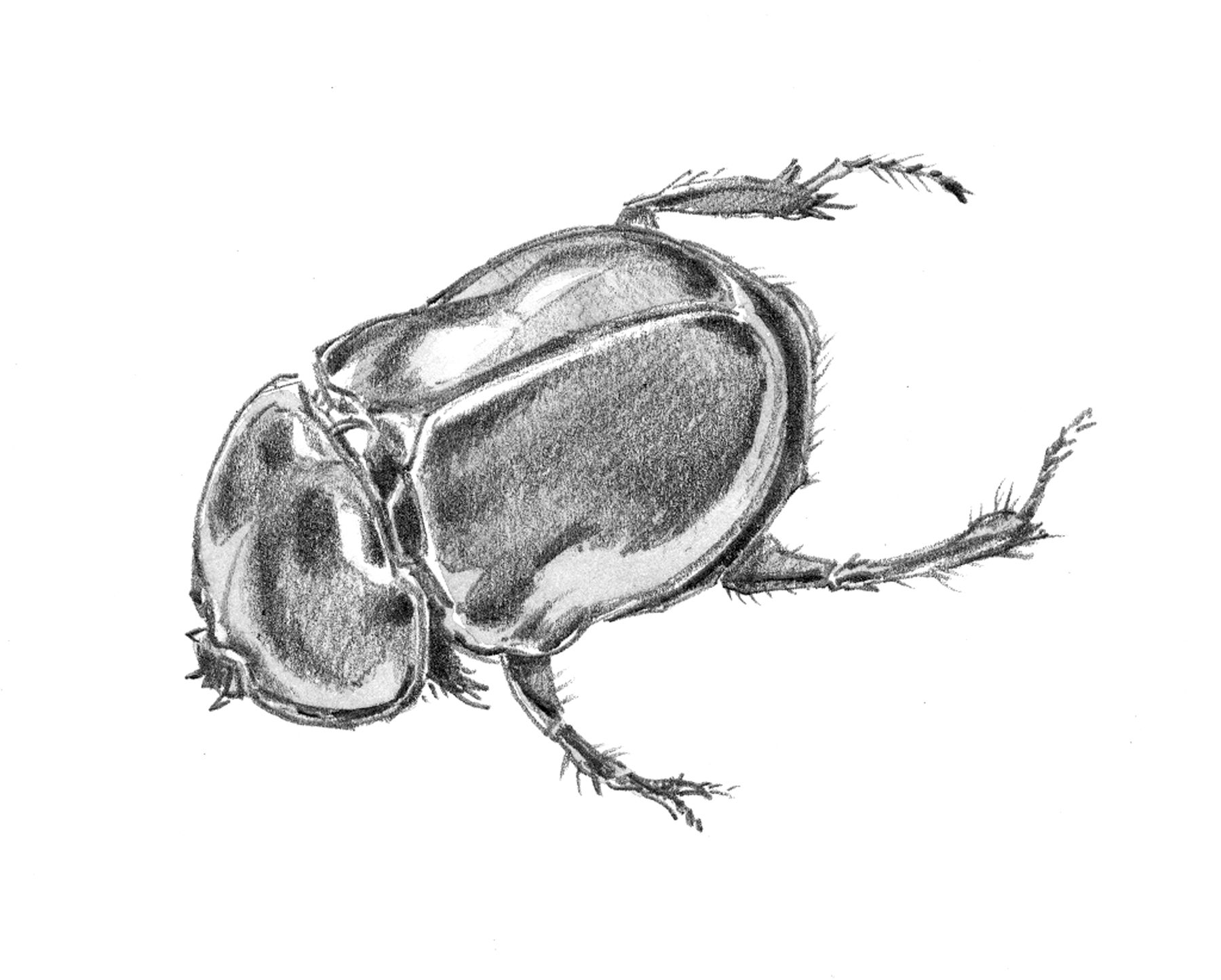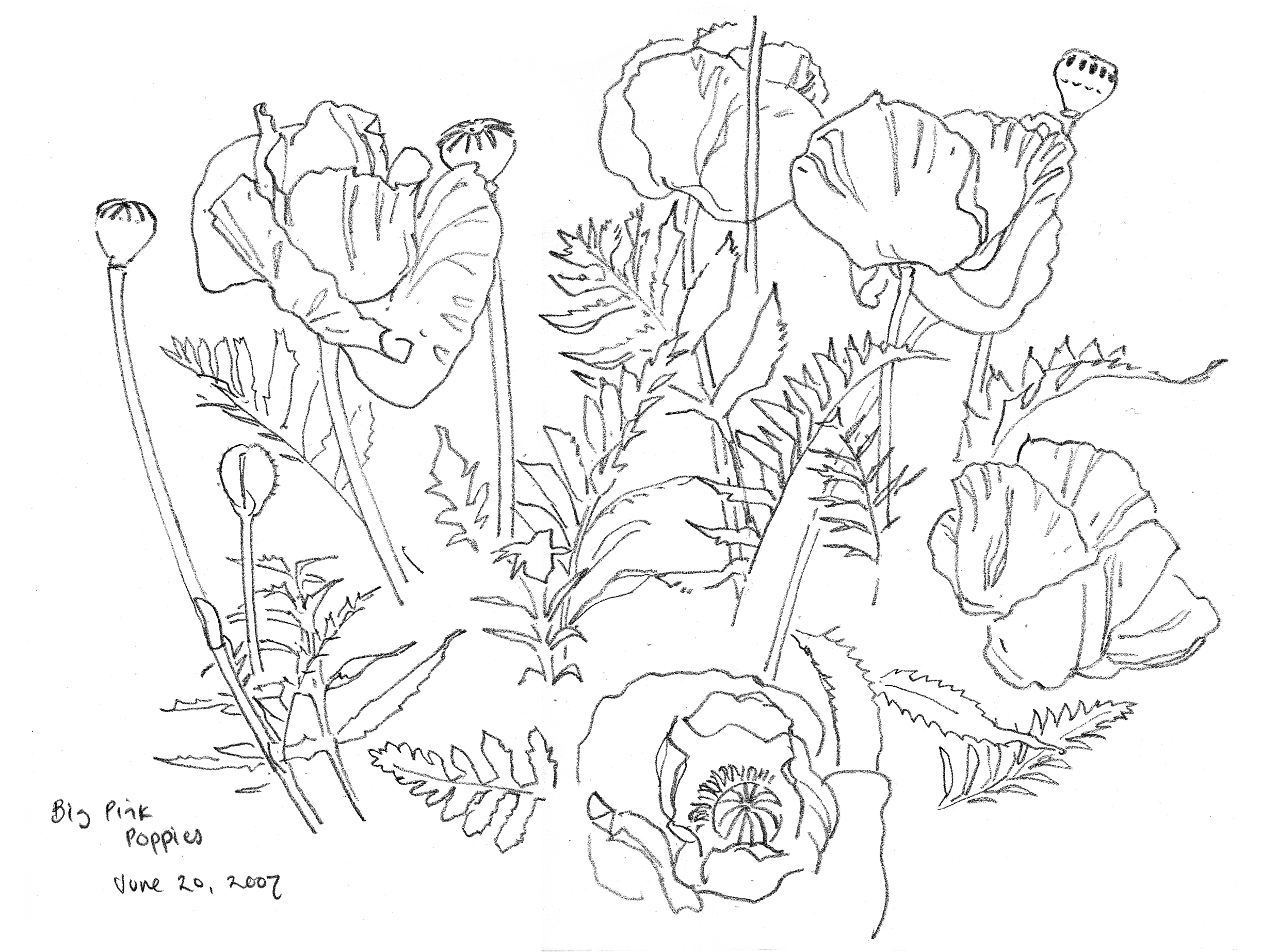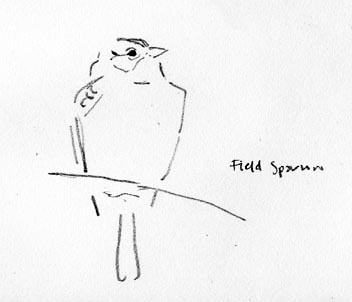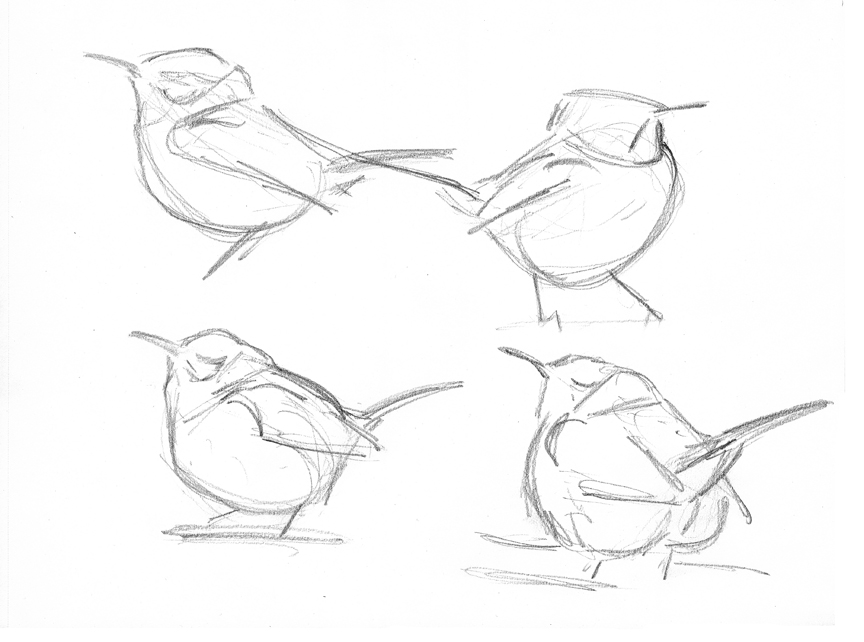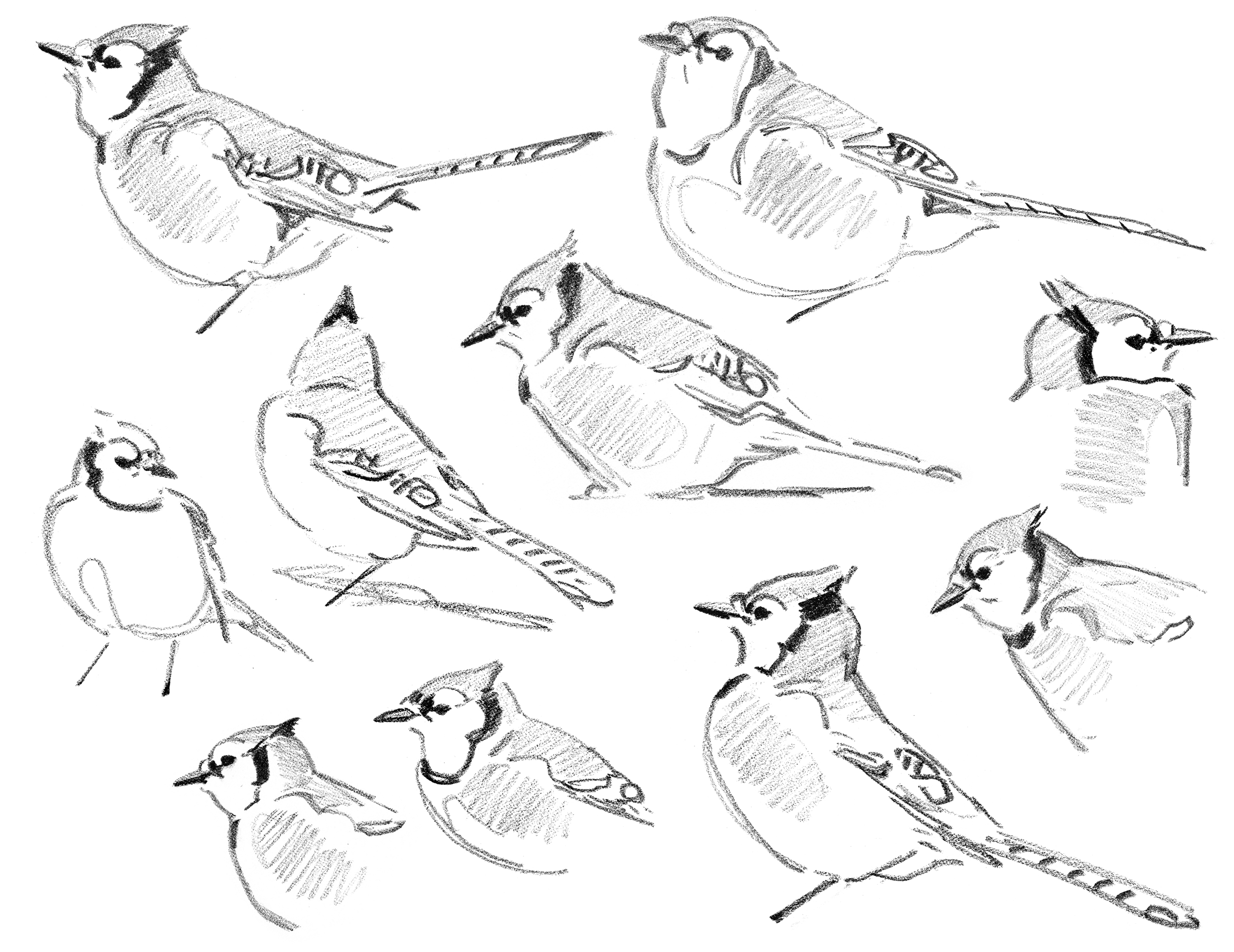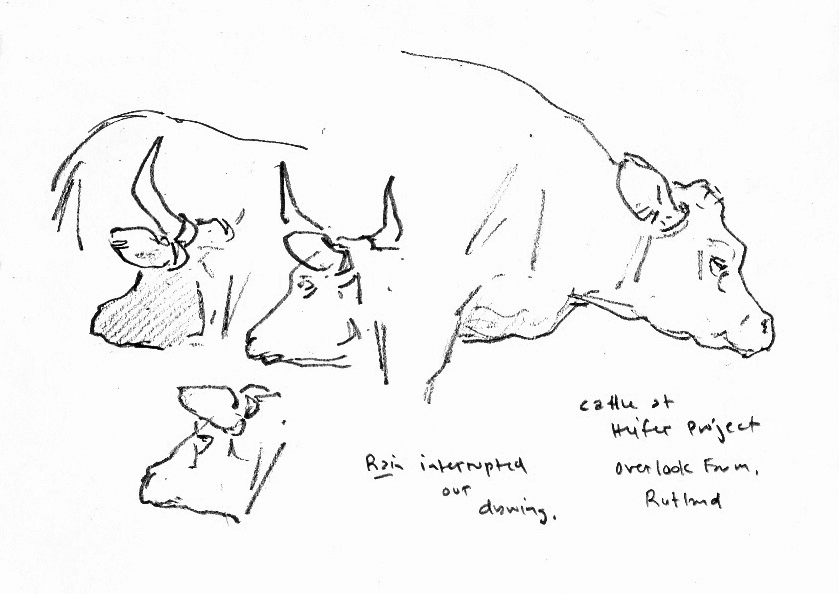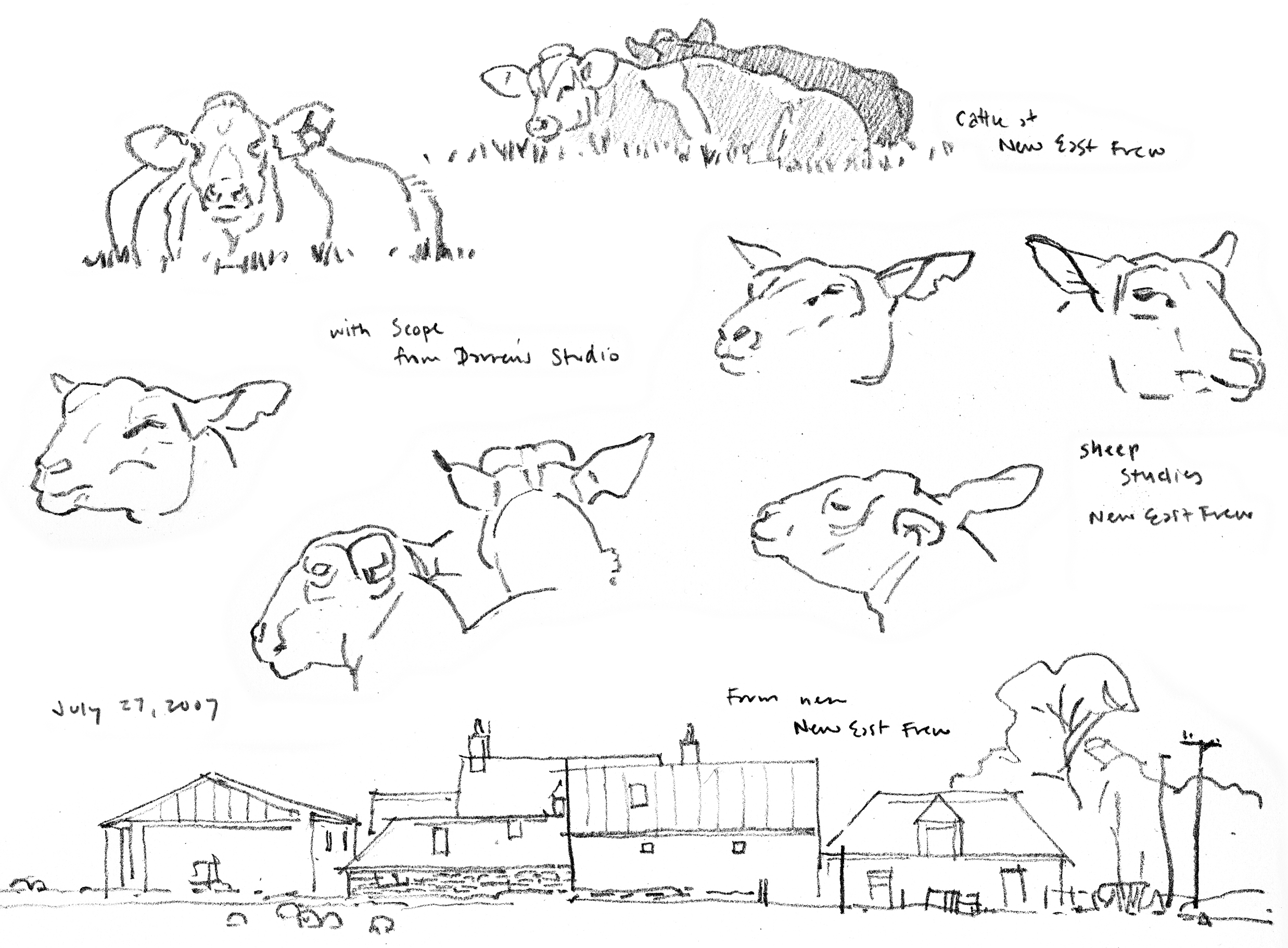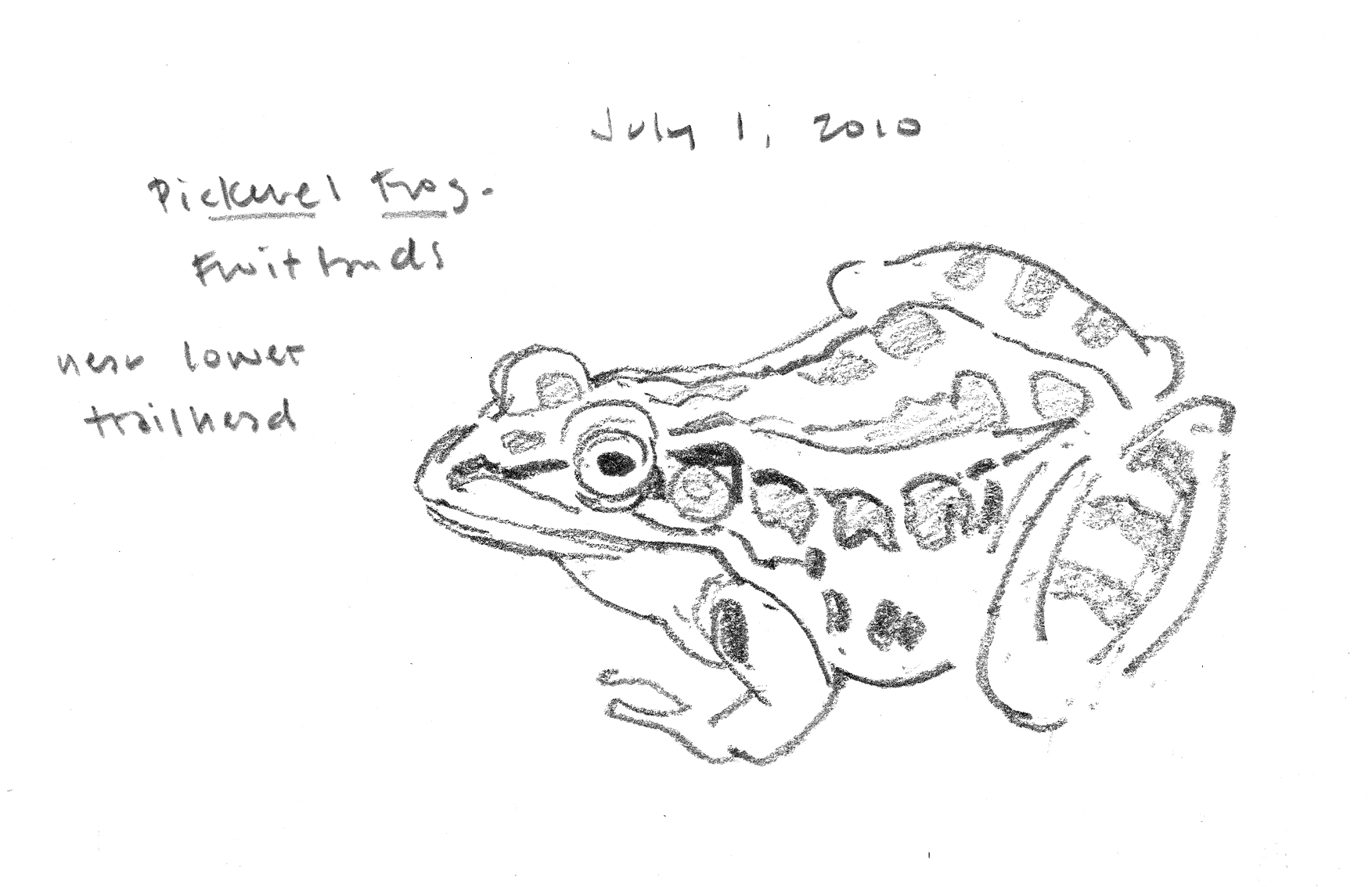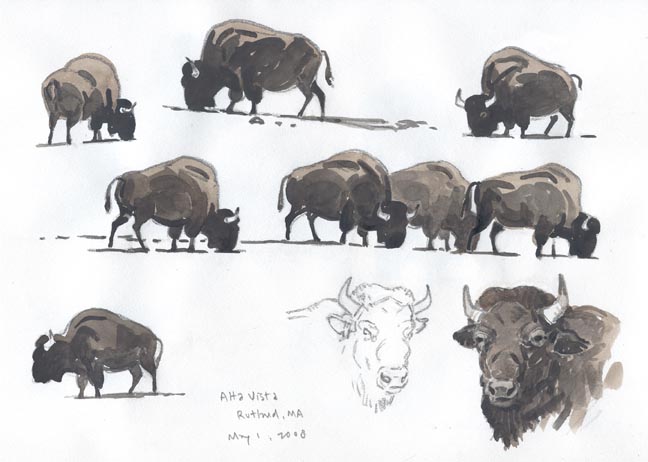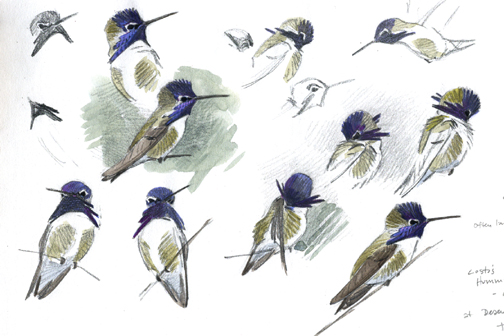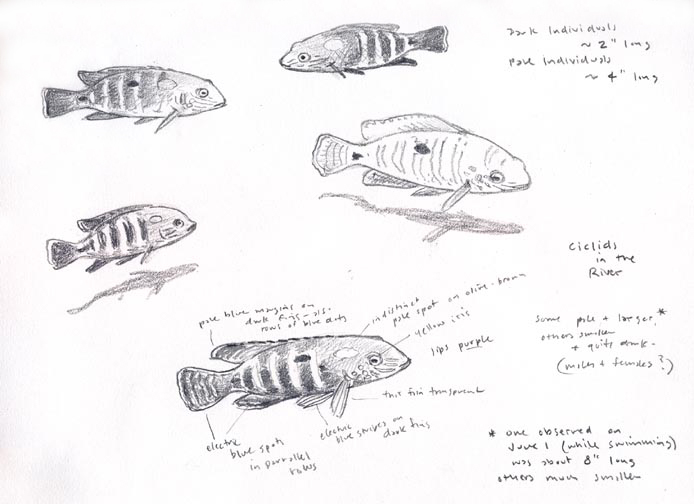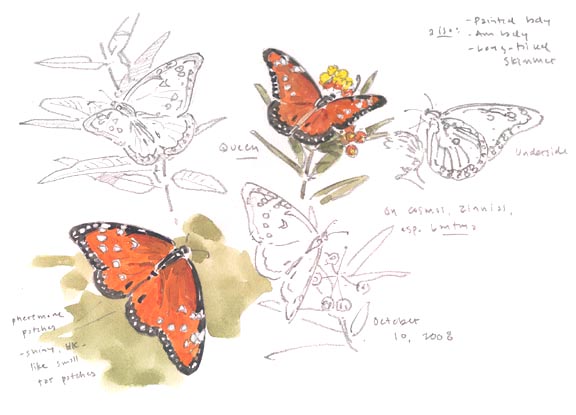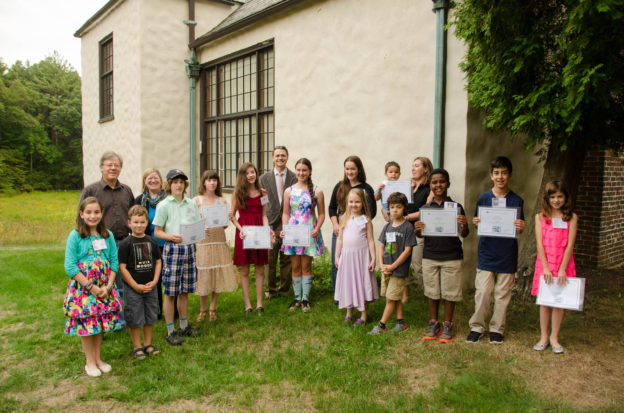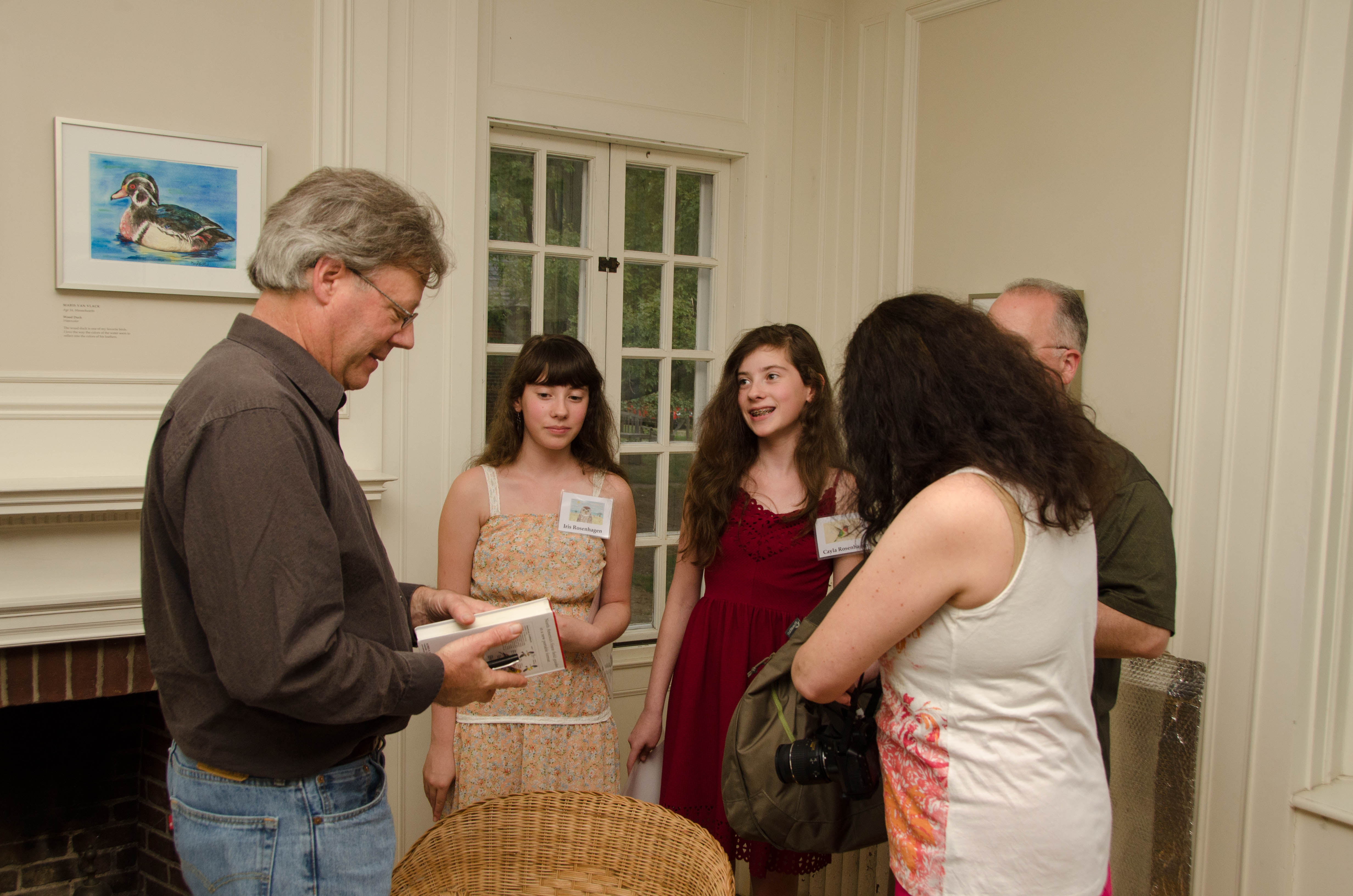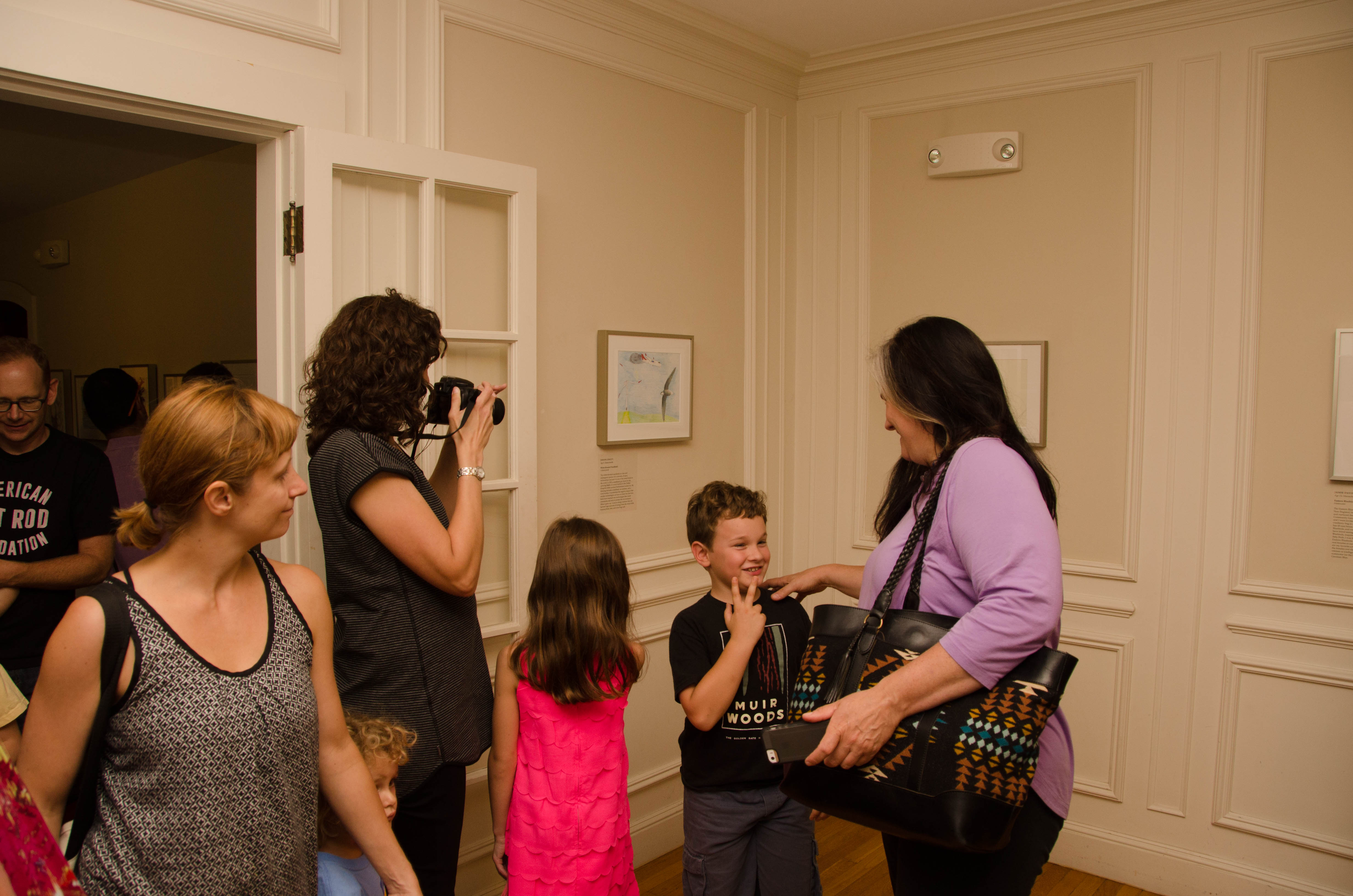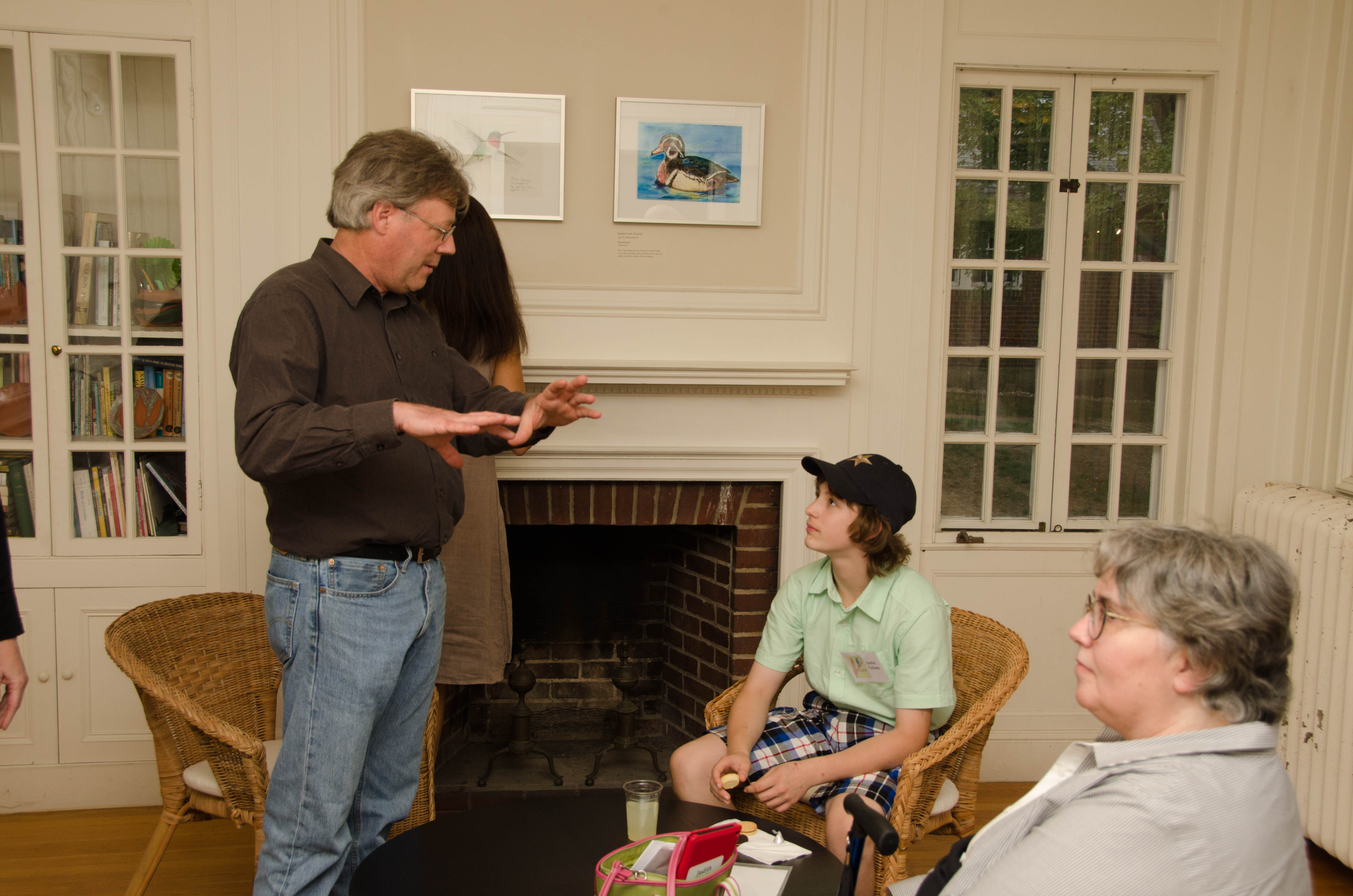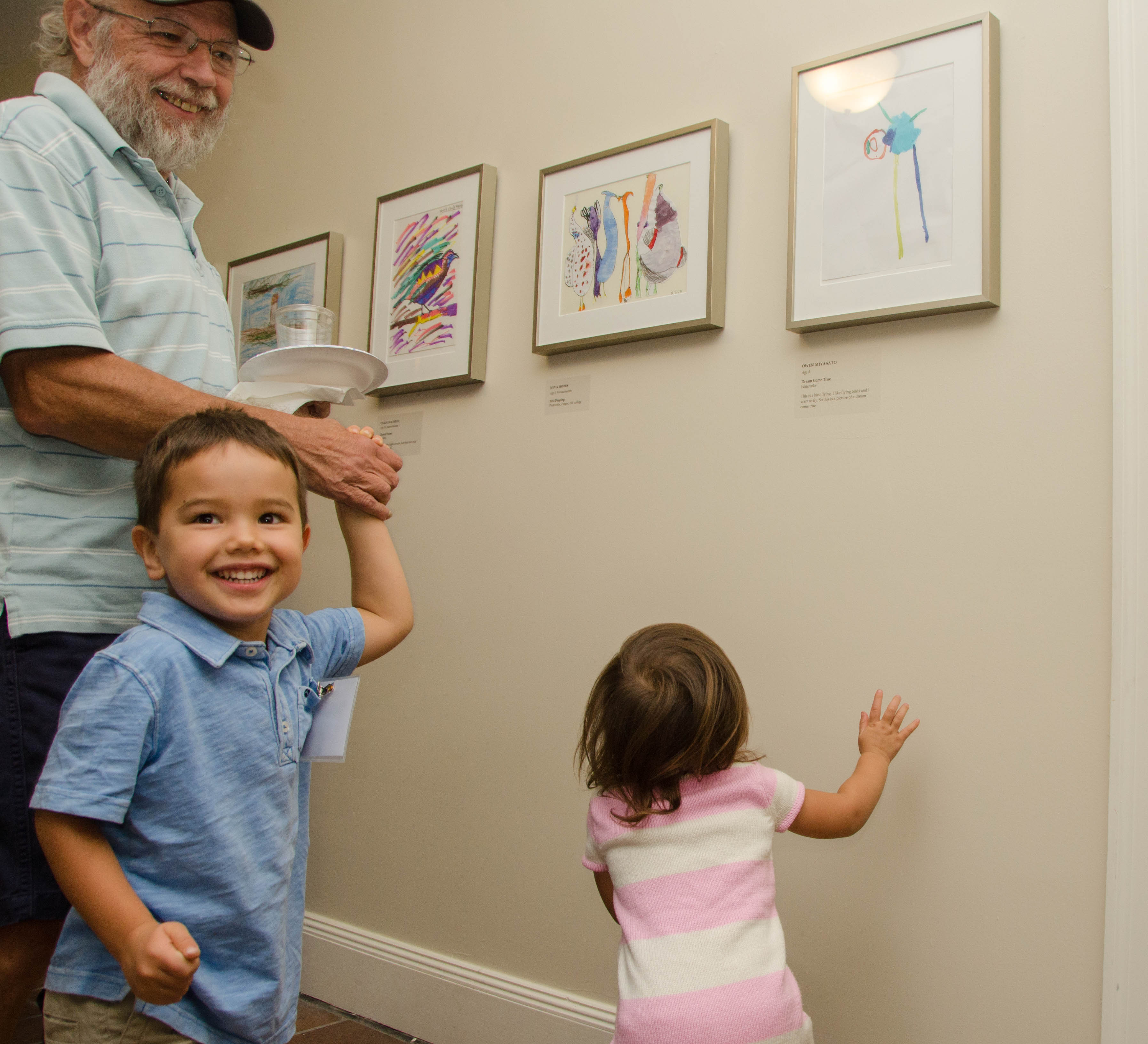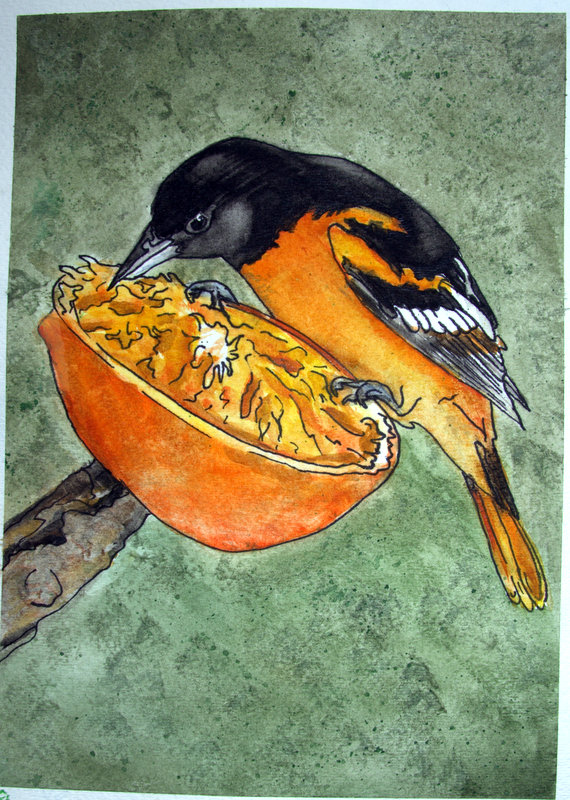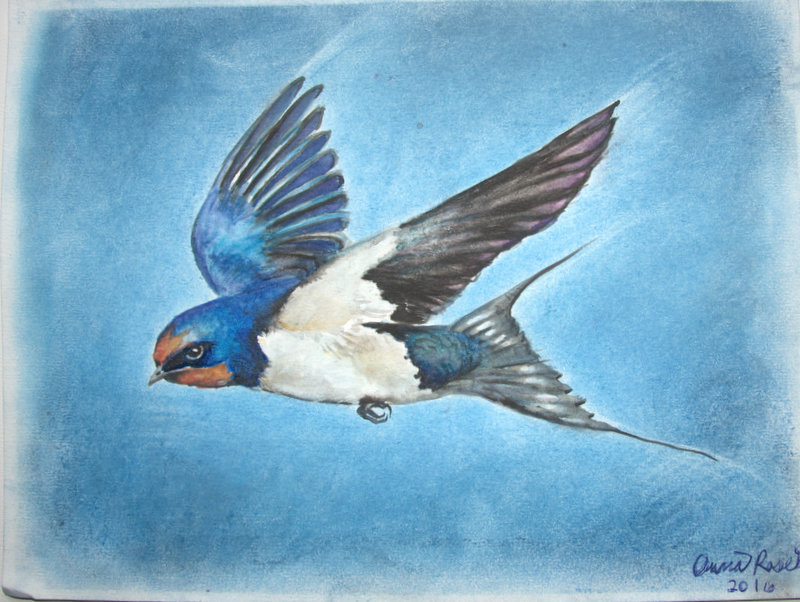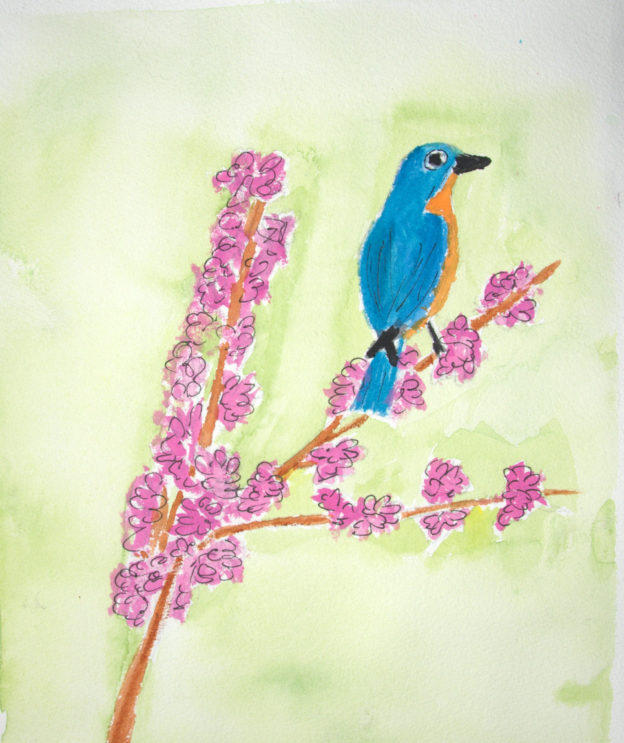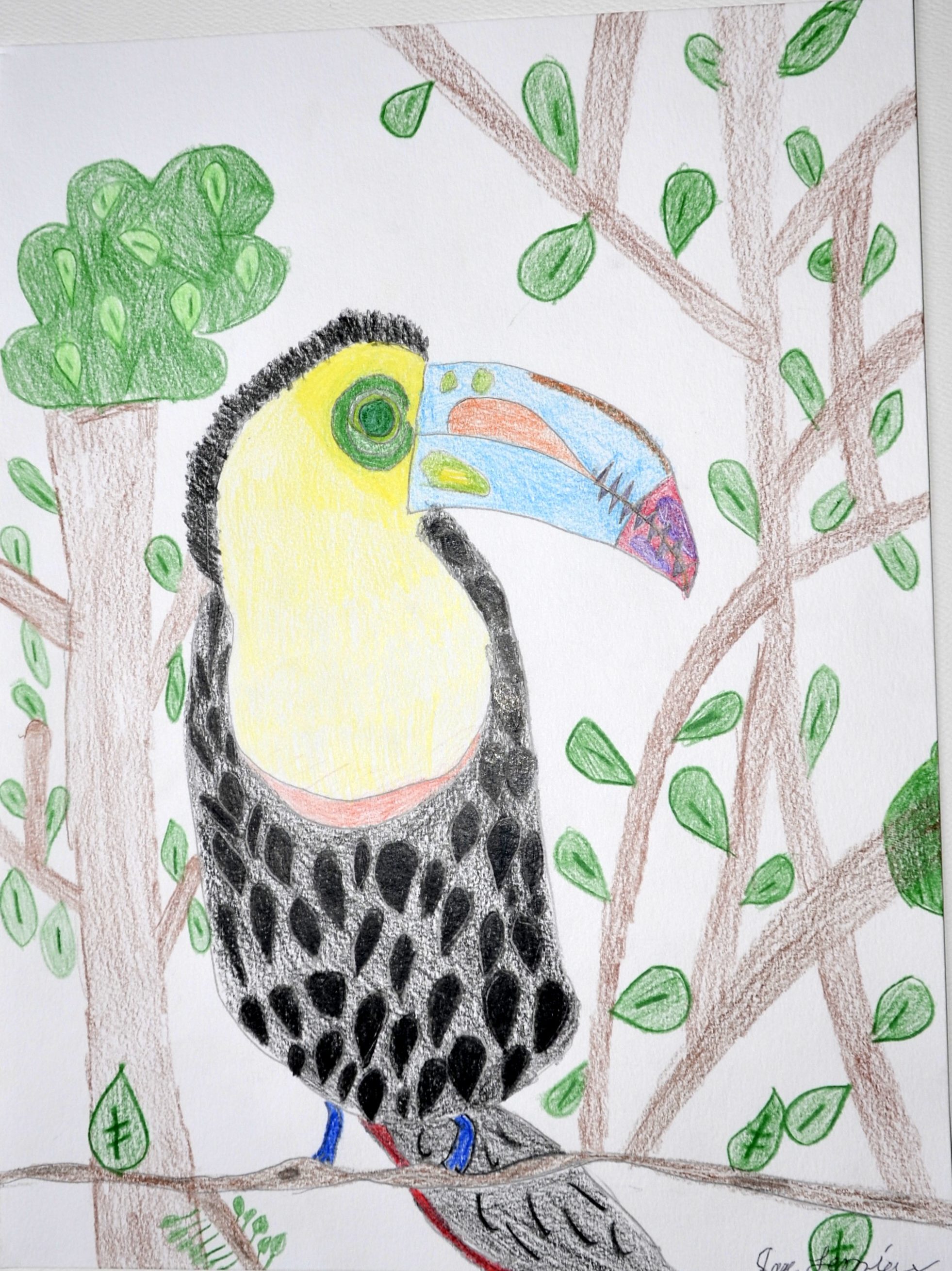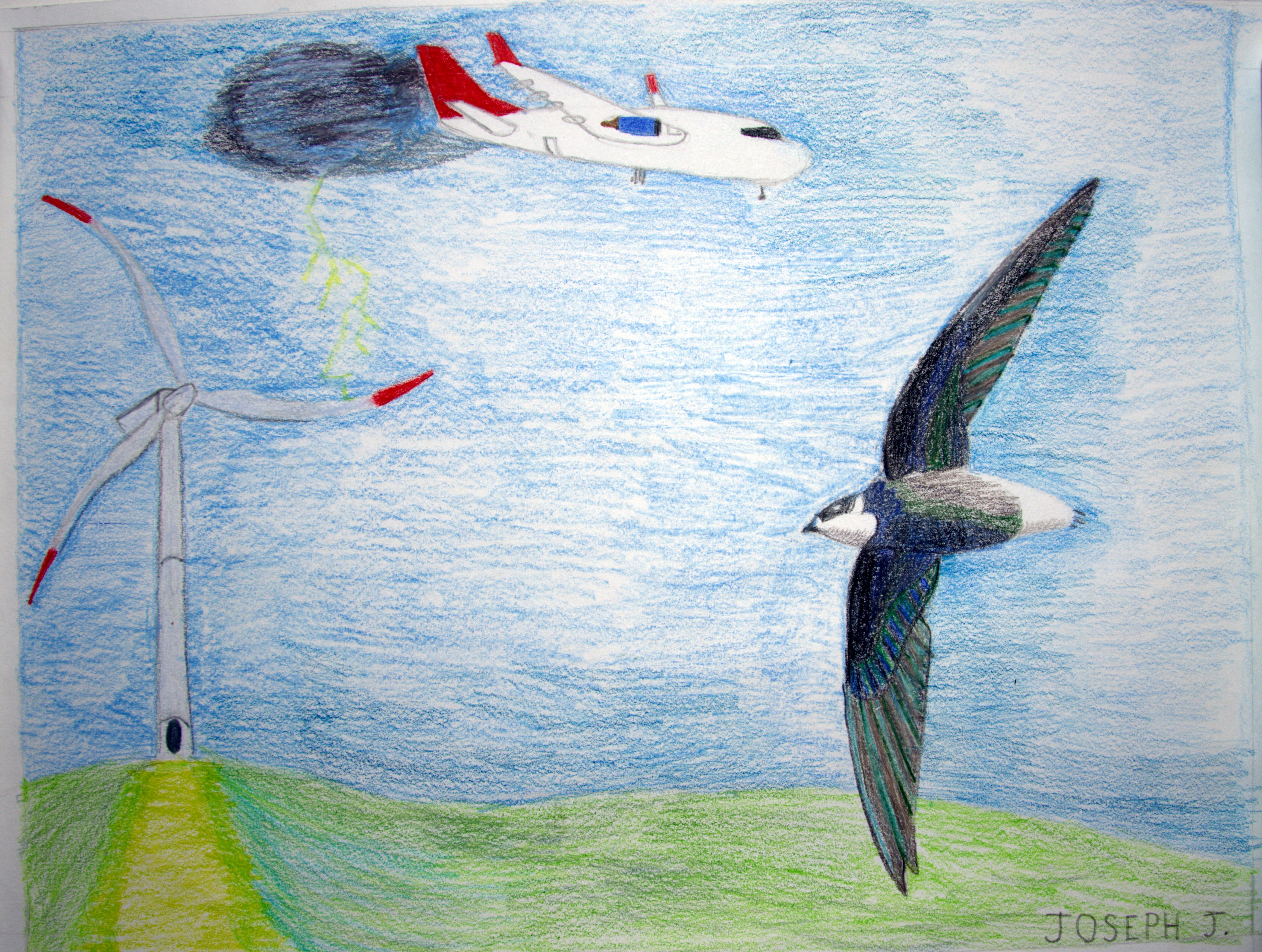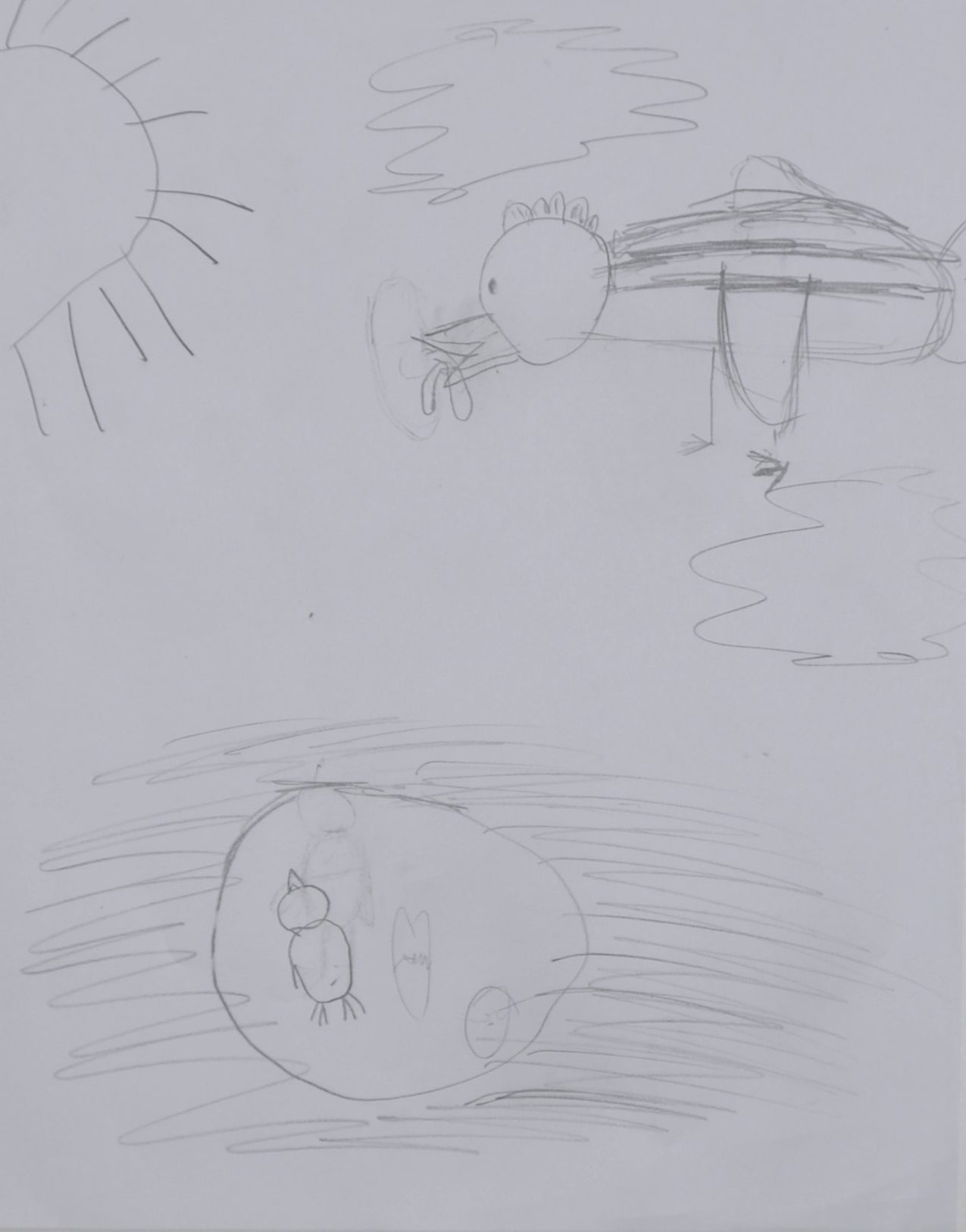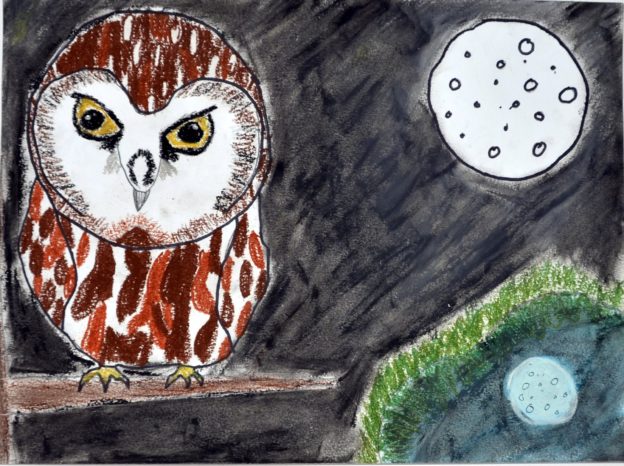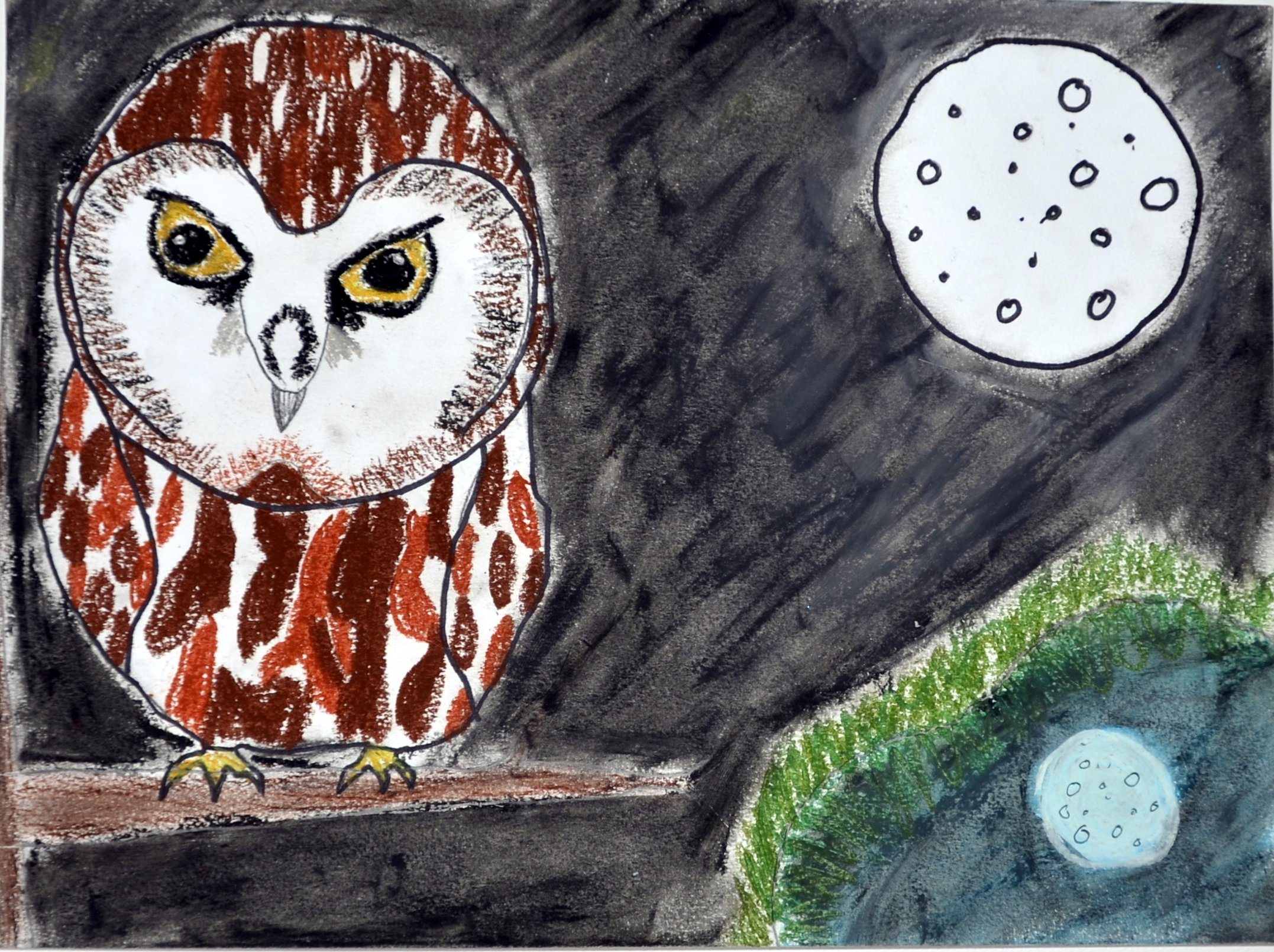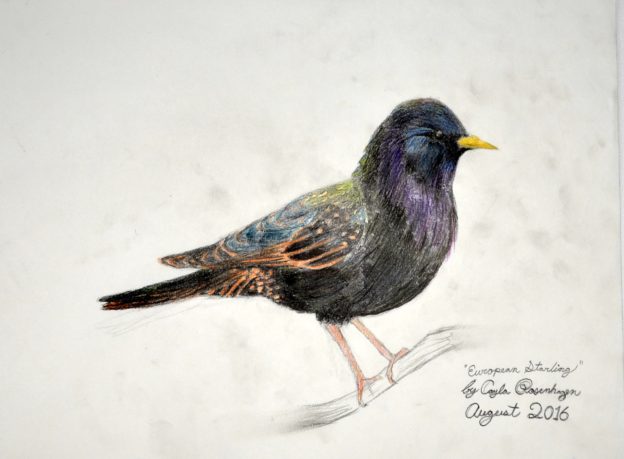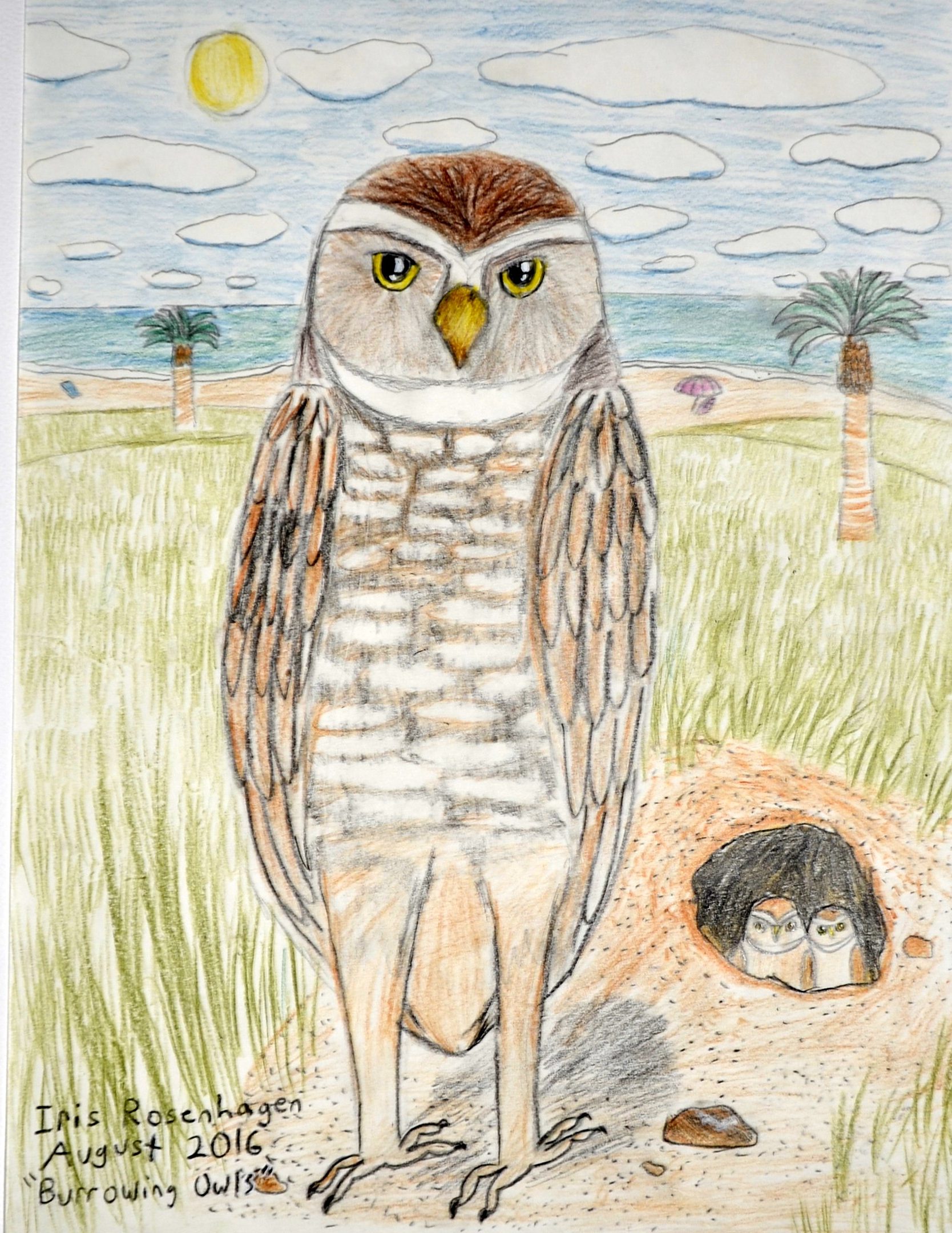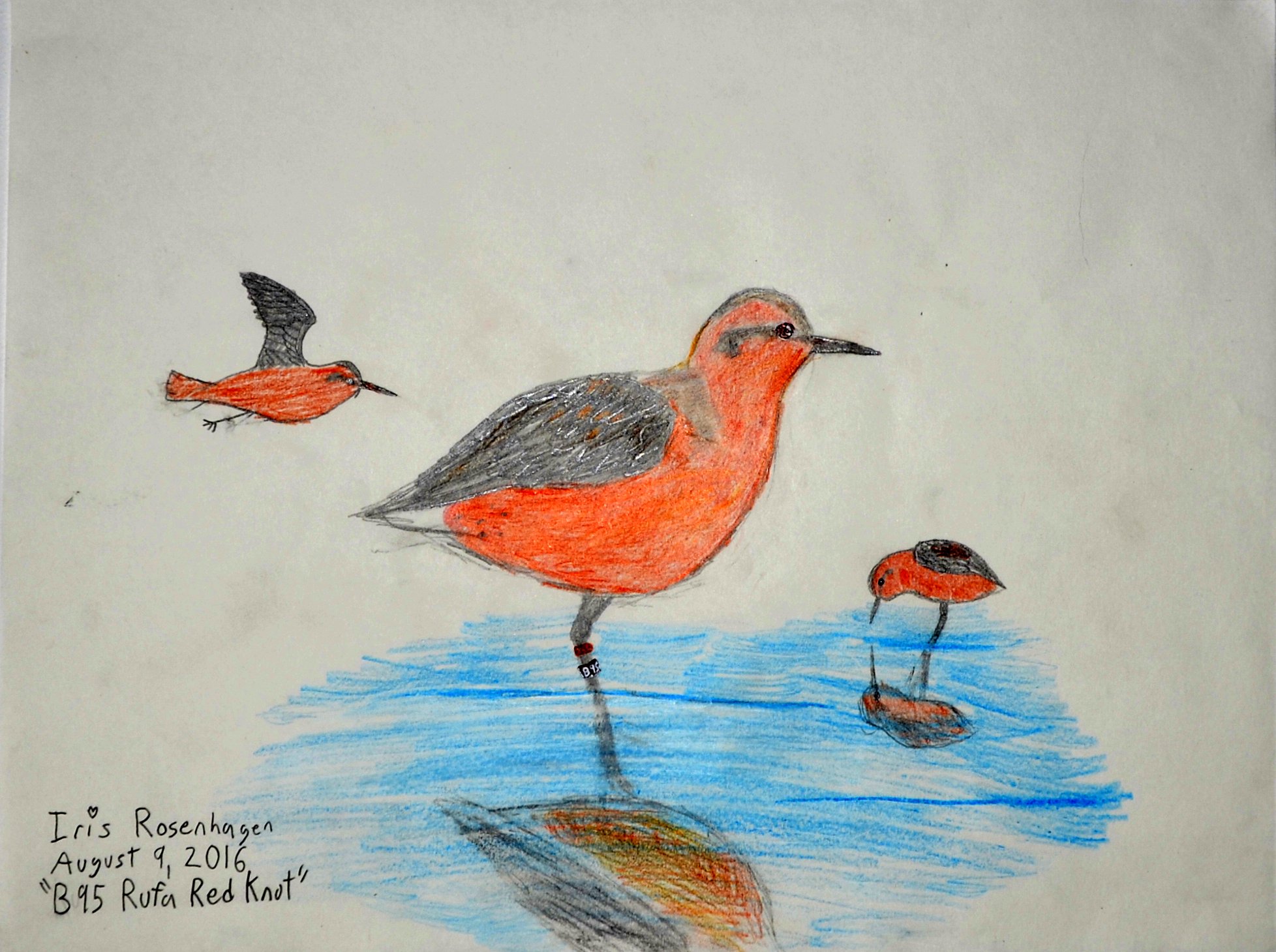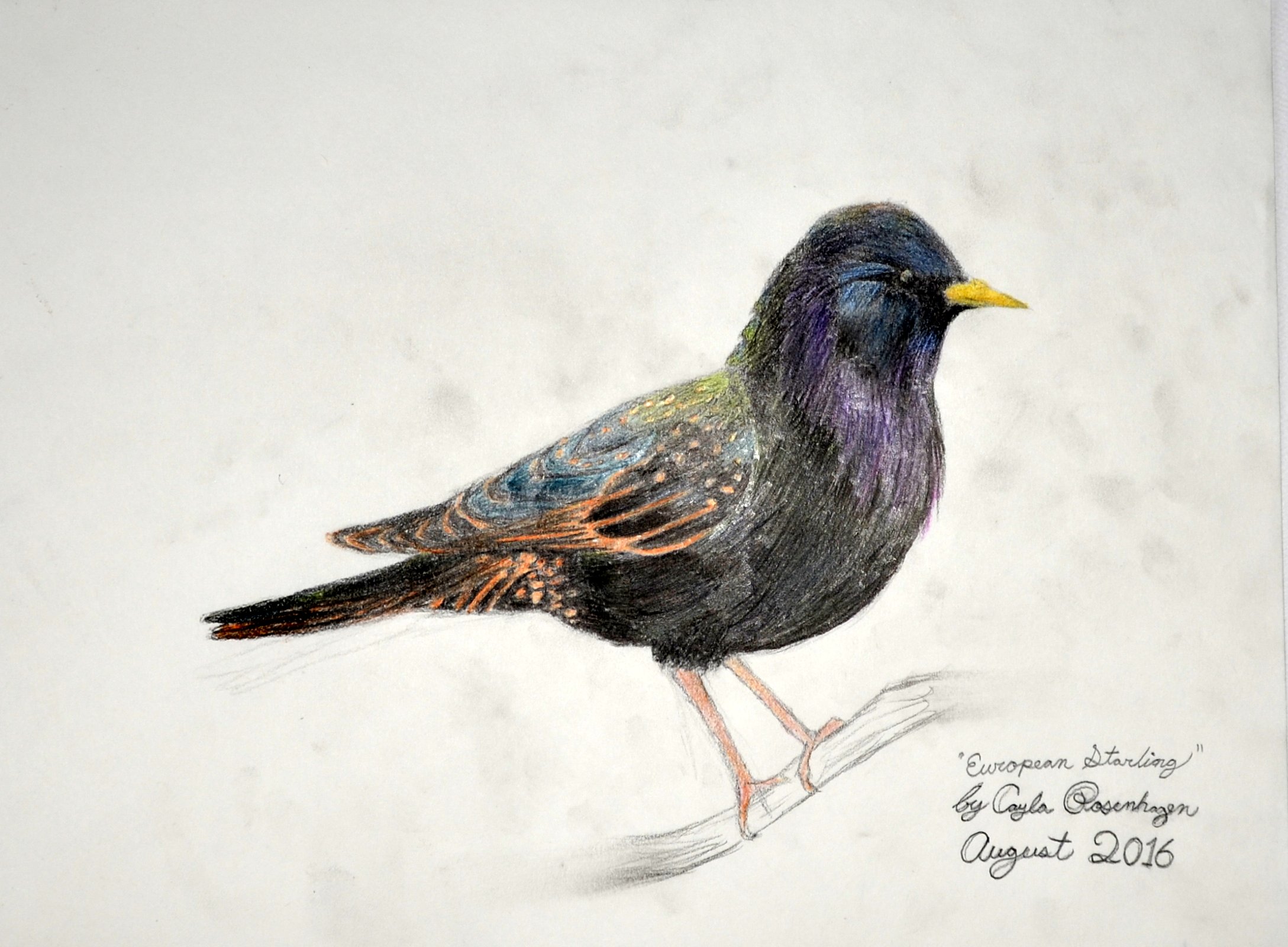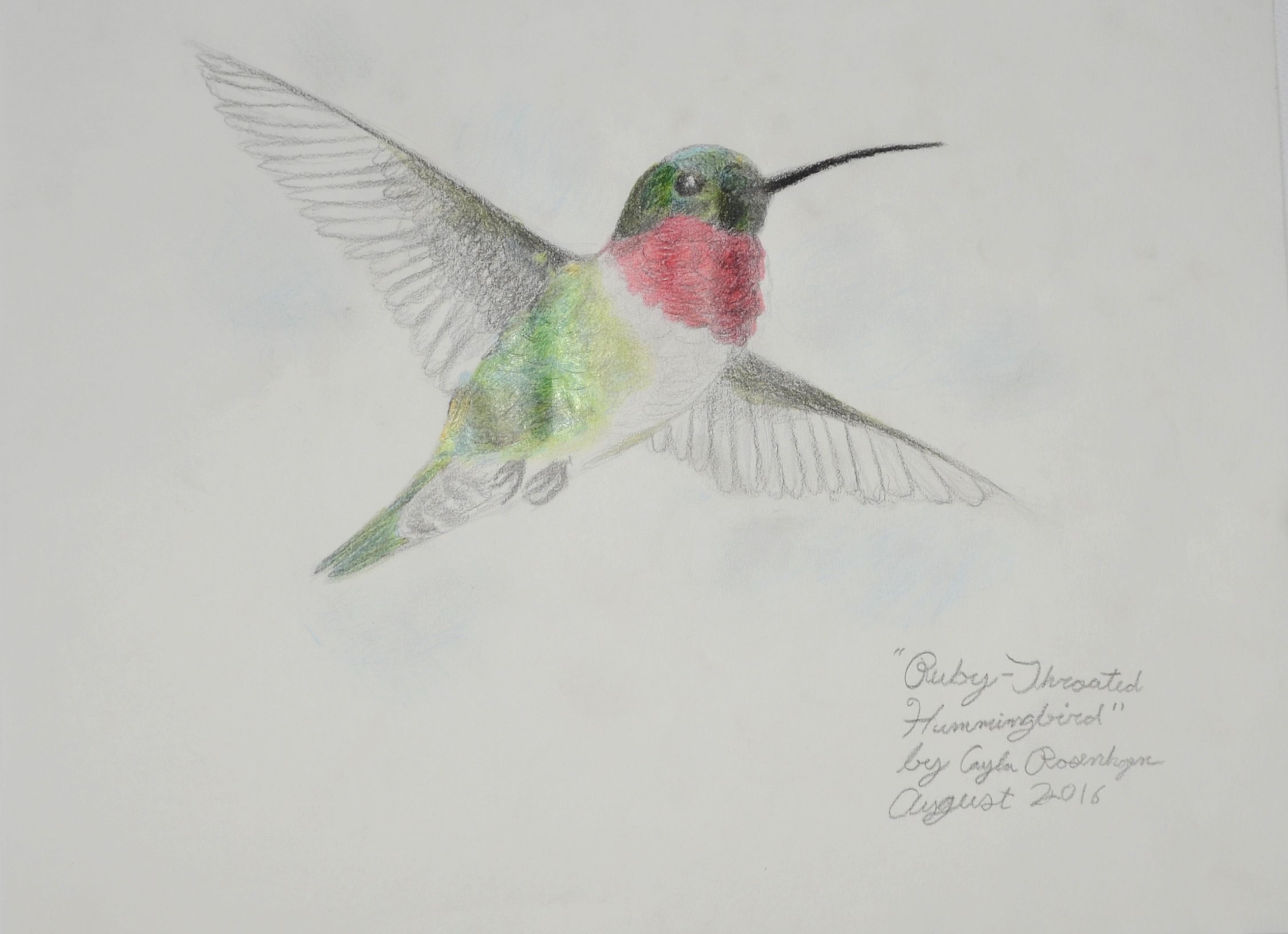We are extremely excited to display a selection of art from our third annual juried youth bird art exhibition. All artwork will appear in this series of posts. This annual exhibition is open to any children and young adults age 4 to 18 years old. All selected entries will be on display at the Museum of American Bird Art from November 10, 2018 to March 30, 2019. Entries for our fourth annual exhibition will open in January 2019 and close in June 2019.
Come see the artwork on display at the Museum of American Bird Art by appointment or during 3 open houses:
January 26, 2019 from 12 to 2 pm
February 23, 2019 from 12 to 2 pm
March 23, 2019 from 12 to 2 pm
Sparrow Hawk on a Winter’s Day, Anna Rose, Age 17
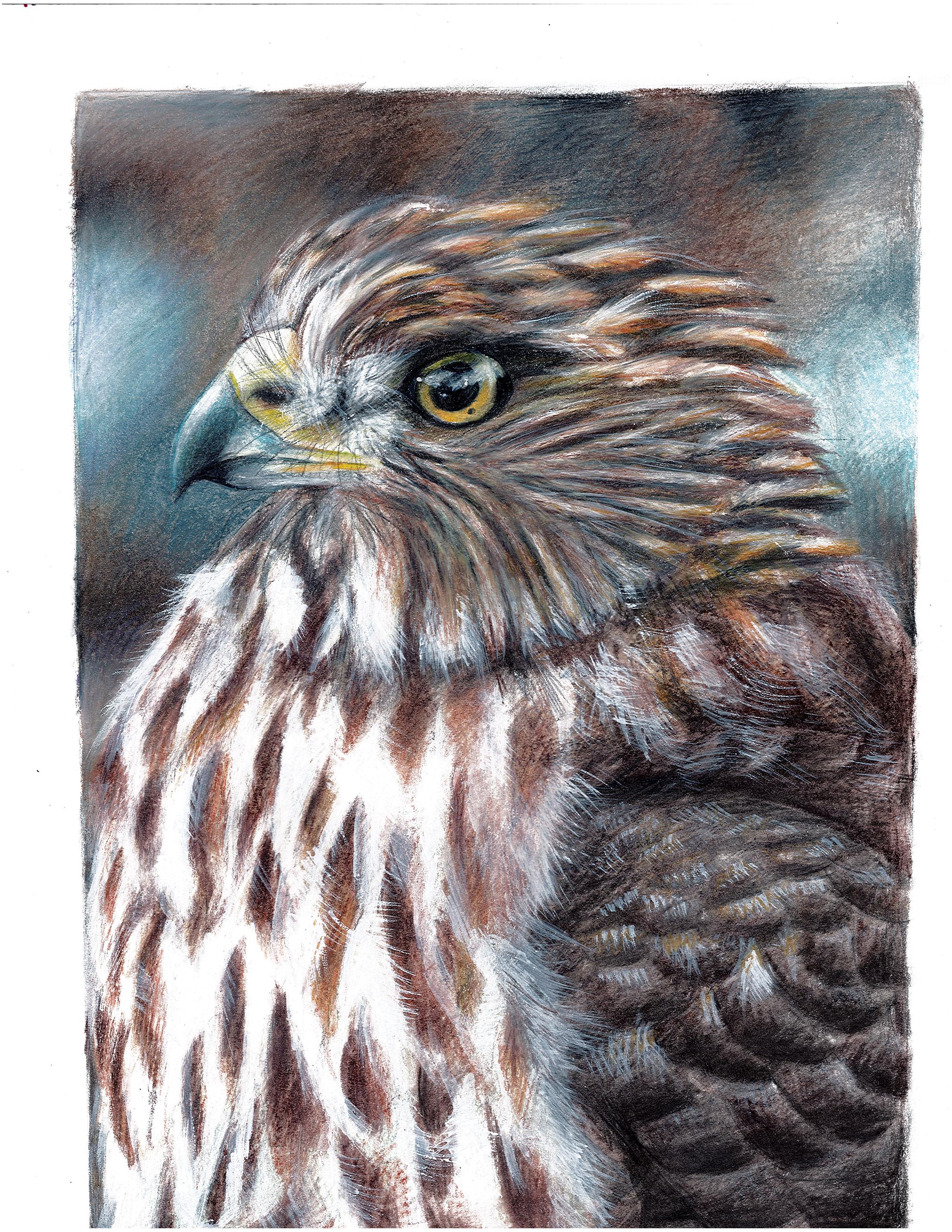
I took my reference photos for this piece in my backyard while a Cooper’s Hawk was perched atop my bird feeder. I love Cooper’s Hawks because of their gorgeous yellow eyes and extreme agility. Their free spirit and elegant strength easily makes them one of my most favorite birds.
Sandpiper, Maris Van Vlack, Age 16
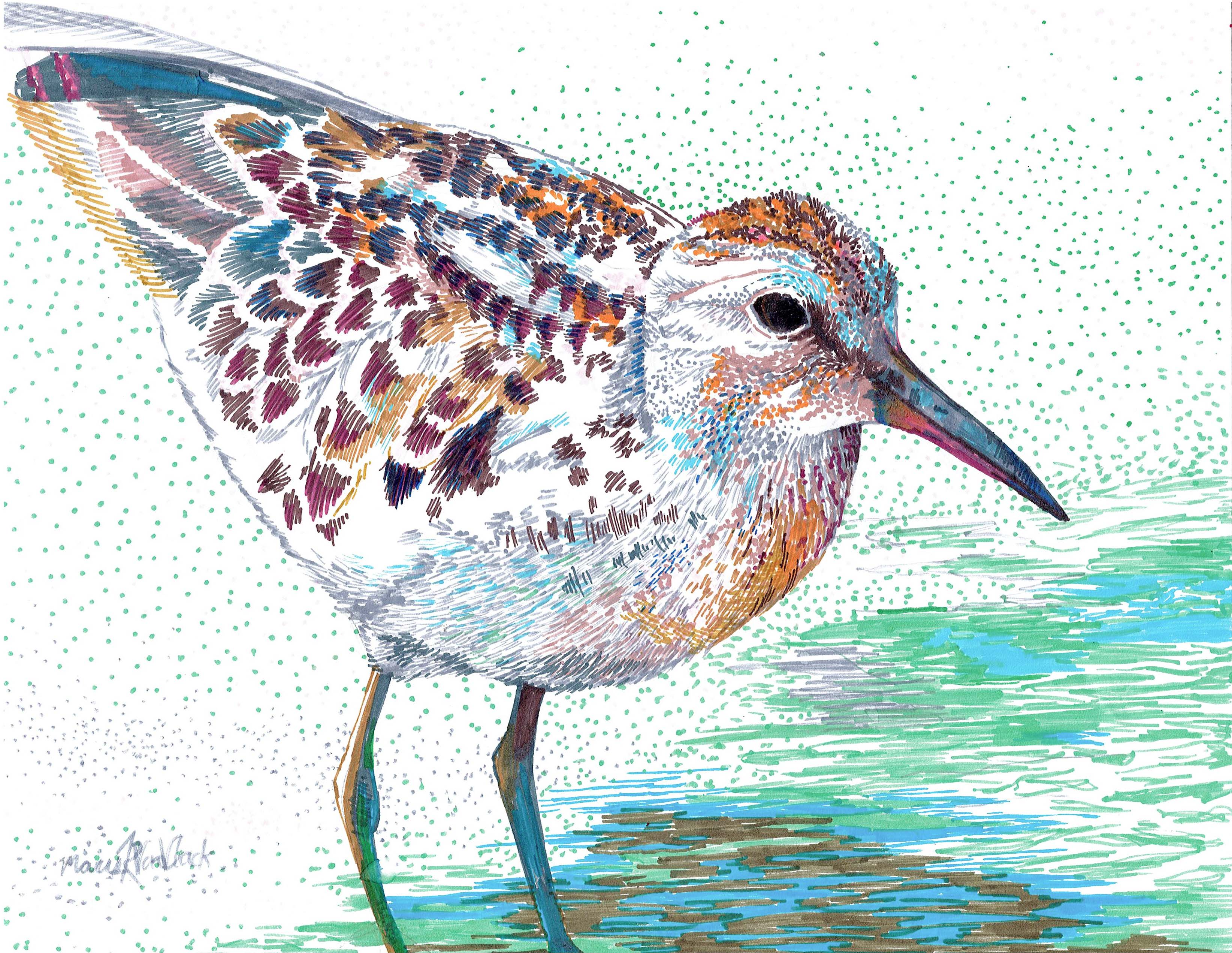
This is based off of a picture I took at the beach. I really like the patterns of the feathers and the way that the bird camouflages because its feathers are the same color as the sand.
Raven, Claire Grant, Age 15
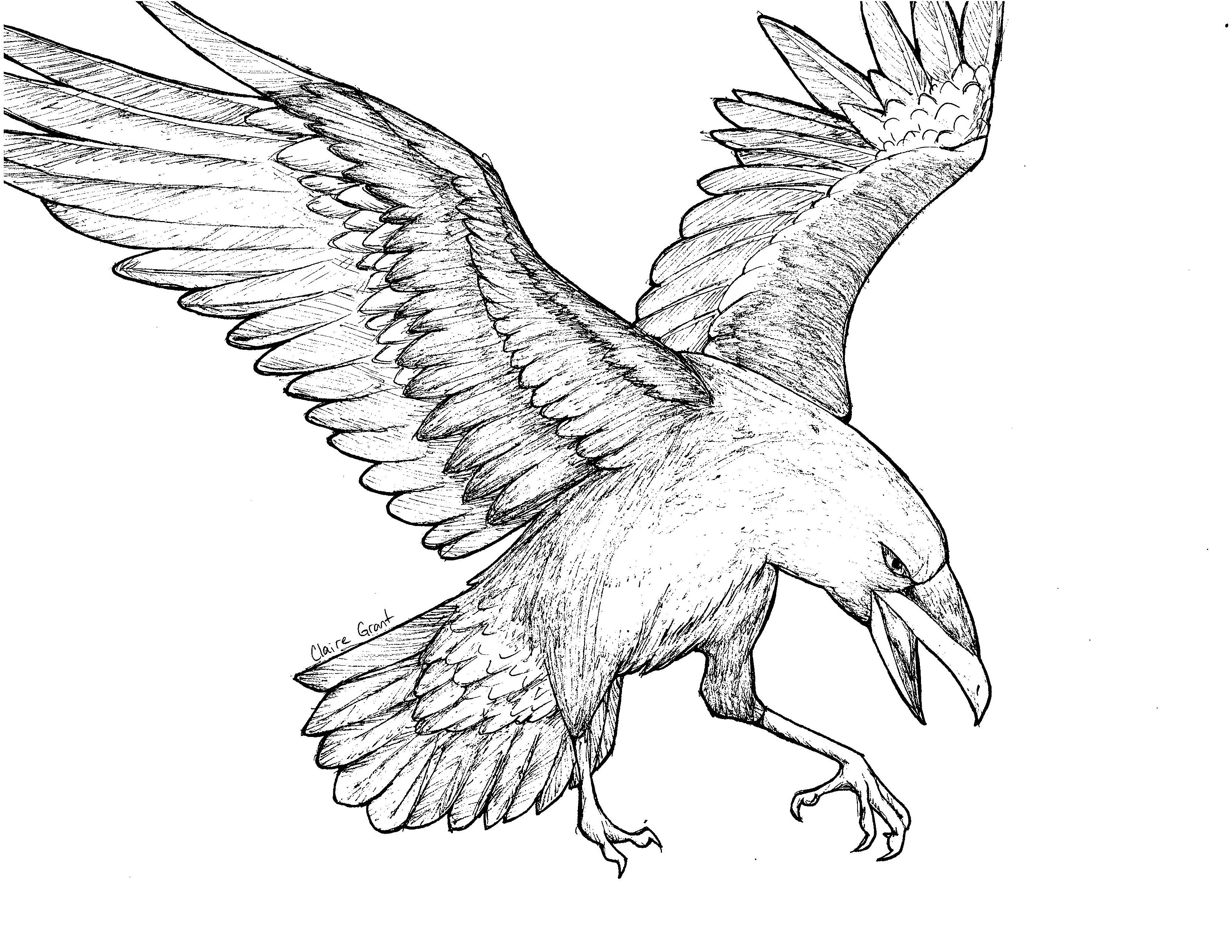
I always liked drawing animals. Birds were a bit of a challenge but I always liked to draw their anatomy, more specifically, wings. Hence, I drew a raven flying. As to why I chose a raven, I enjoyed the supernatural lore behind them. People usually associate ravens with witchcraft and cunning. They are one of my favorite birds.
Bluejay, Ethan Cross, Age 11

Hummingbird, Ehtan Cross, Age 7
